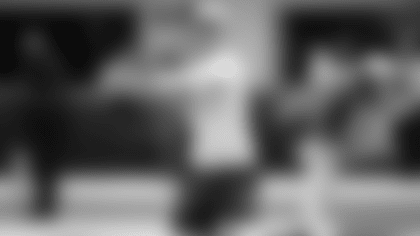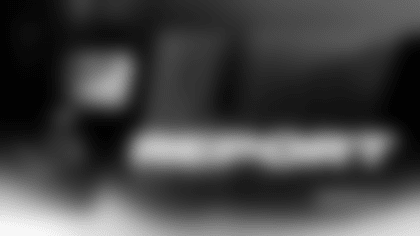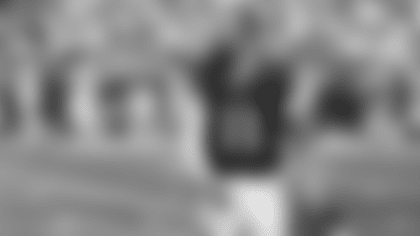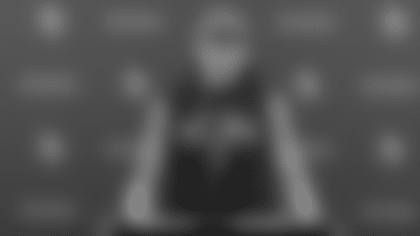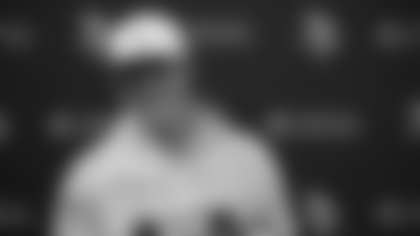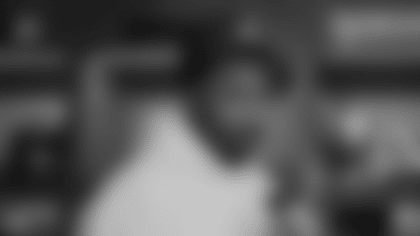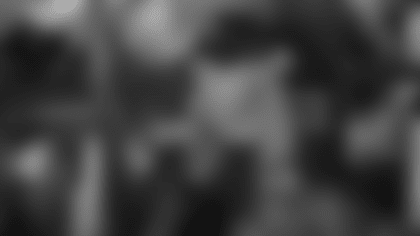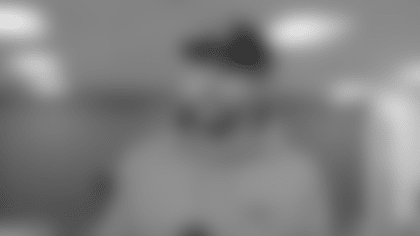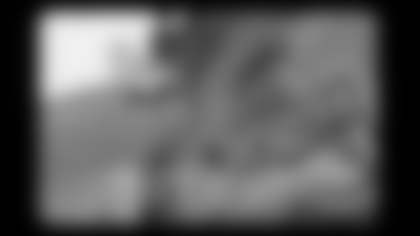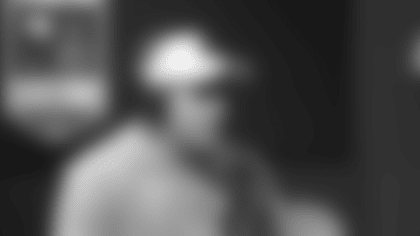EDEN PRAIRIE, Minn. —Mike Zimmer has seen the inside of U.S. Bank Stadium a couple of times, but he hasn't gotten the full experience yet.
The Vikings head coach explored the state-of-the-art venue during its construction, attended the July 22 ribbon cutting and a Purple Gala a few days later.
Zimmer is more than ready to trade a necktie for his coach's whistle and is scheduled to take his whole team to U.S. Bank Stadium for a practice on Friday, just two days before the Vikings host the Chargers in the first football game in the 1.75-million-square-foot facility.
One component that has Zimmer's interest piqued, however, won't be seen — or rather heard — until fans fill the stands and have a reason to be loud.
Another wrinkle in the equation is the fact that U.S. Bank Stadium features five of the world's largest pivoting glass doors, each measuring 55 feet wide.
"Is it going to be louder when the doors are closed, is it going to be not as loud when the doors are open? Is it going to be loud at all?," Zimmer said after Wednesday's practice before adding as a secondary question, "What will it be with the sunlight?"
Approximately 60 percent of the roof is covered with clear ETFE material, allowing ample natural light from the south, particularly for a noon game. The Vikings also will be able to experience a night game in the preseason finale when Minnesota hosts the Los Angeles Rams on Sept. 1.
Zimmer, who arrived in Minnesota in 2014, recalled some loud games inside the Metrodome, the predecessor of U.S. Bank Stadium that was 900,000 square feet.
"I'd like it to be extremely loud [when the Vikings are on defense]," Zimmer said. "That's a chance for home-field advantage for us, so that's what I'm hoping for. We have to play good to make it loud. If we stink, then it won't be very loud."
After two seasons of home games outdoors at the University of Minnesota, where the Vikings became the first NFL team playing in a temporary stadium to host a playoff game, Zimmer now wants to gain ground indoors on offense and defense.
Vikings quarterback Teddy Bridgewater's completion percentage is nearly eight points higher in indoor games than outdoor games. It's a limited sample size of five indoor games (four starts) out of 29 total games played, but the third-year pro completed 71.1 percent of passes in indoor stadiums, compared to 63.5 percent of throws in the elements. Bridgewater, however, has a 4:3 ratio of touchdowns to interceptions in indoor and outdoor games.
View images from the Wednesday, Aug. 24 practice at Winter Park.
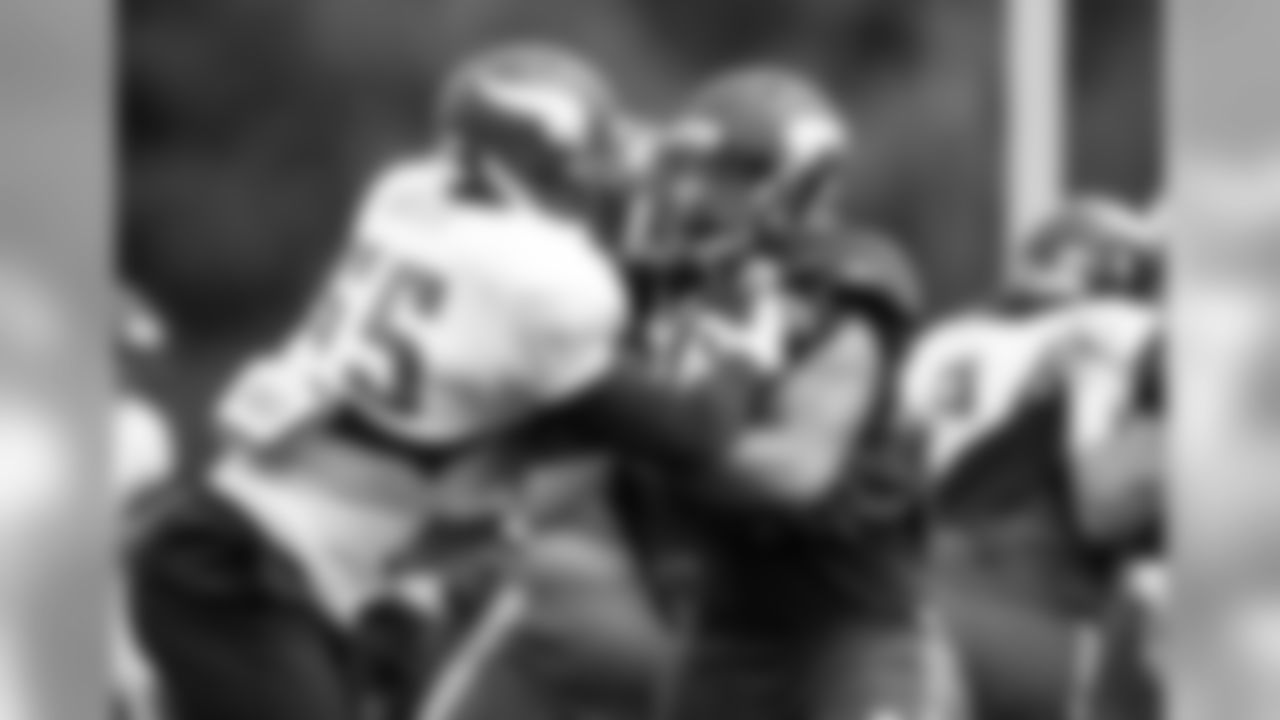
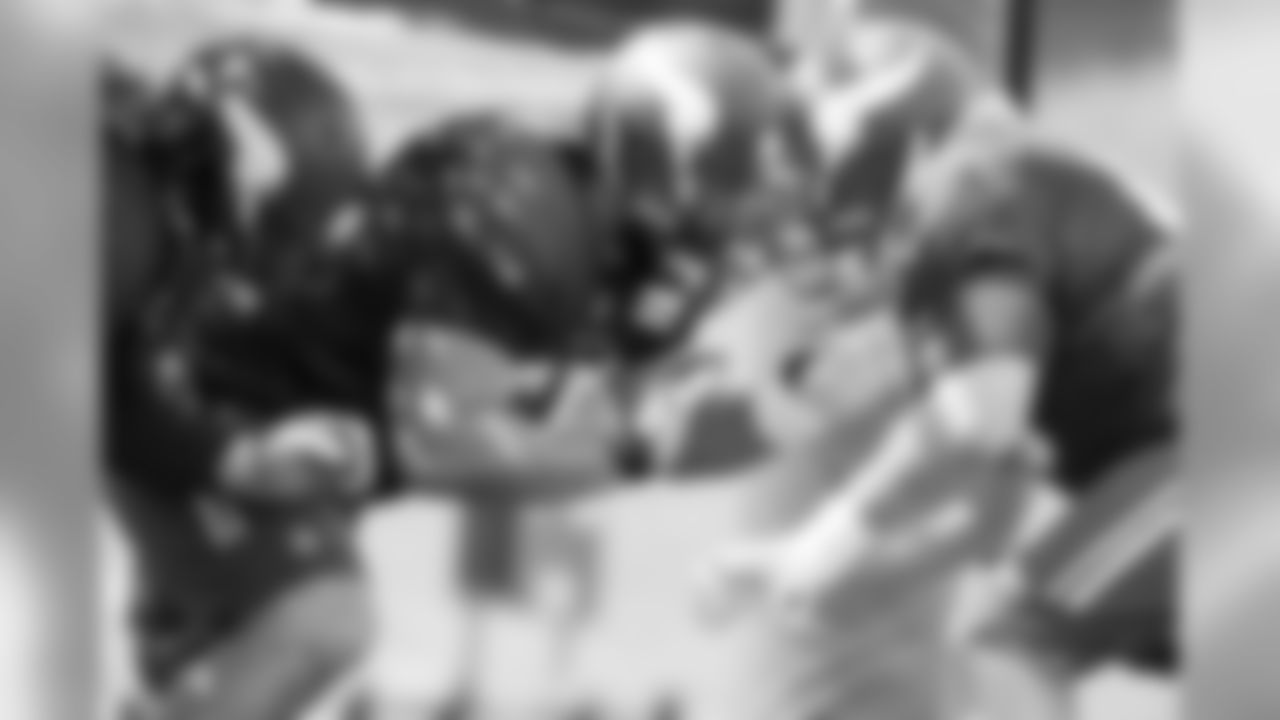
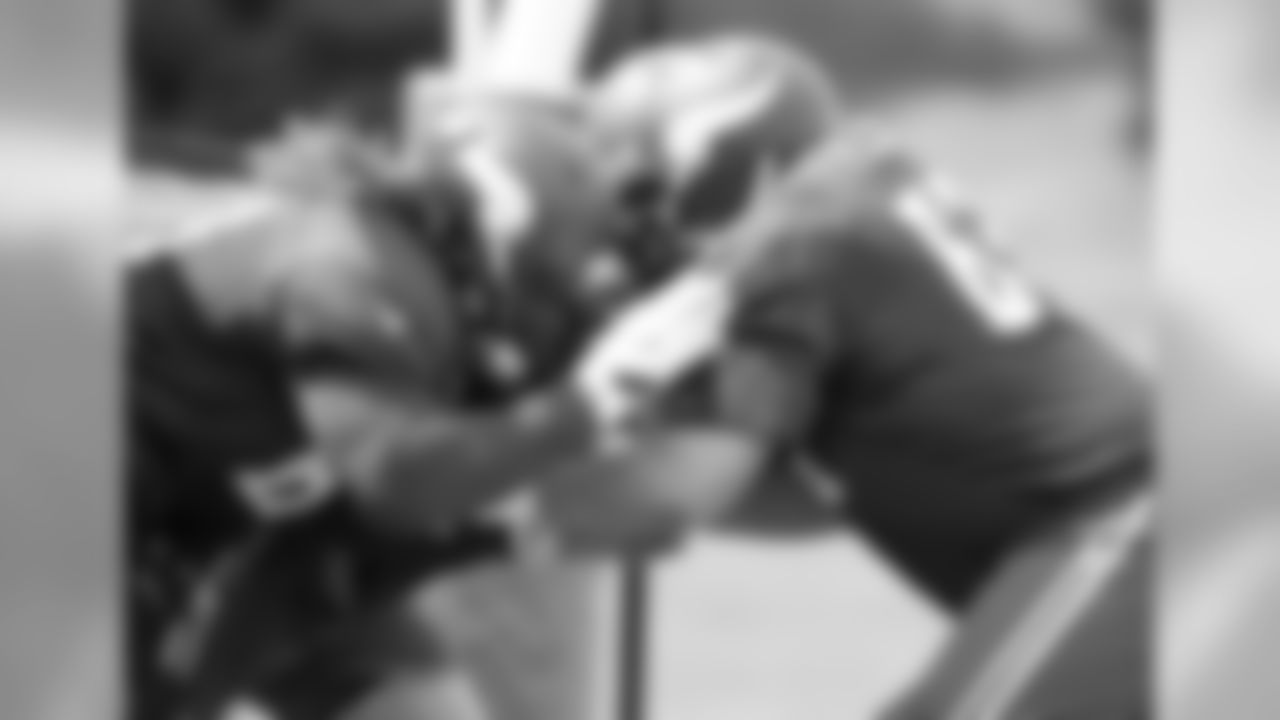
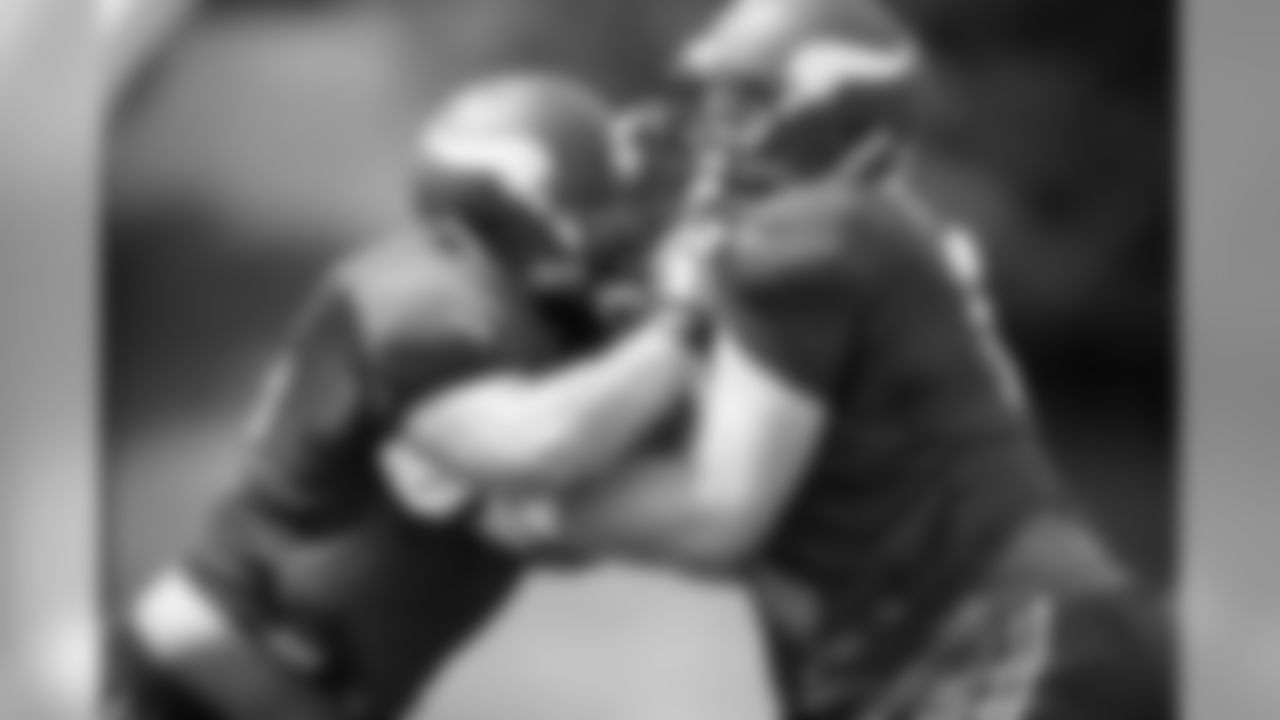
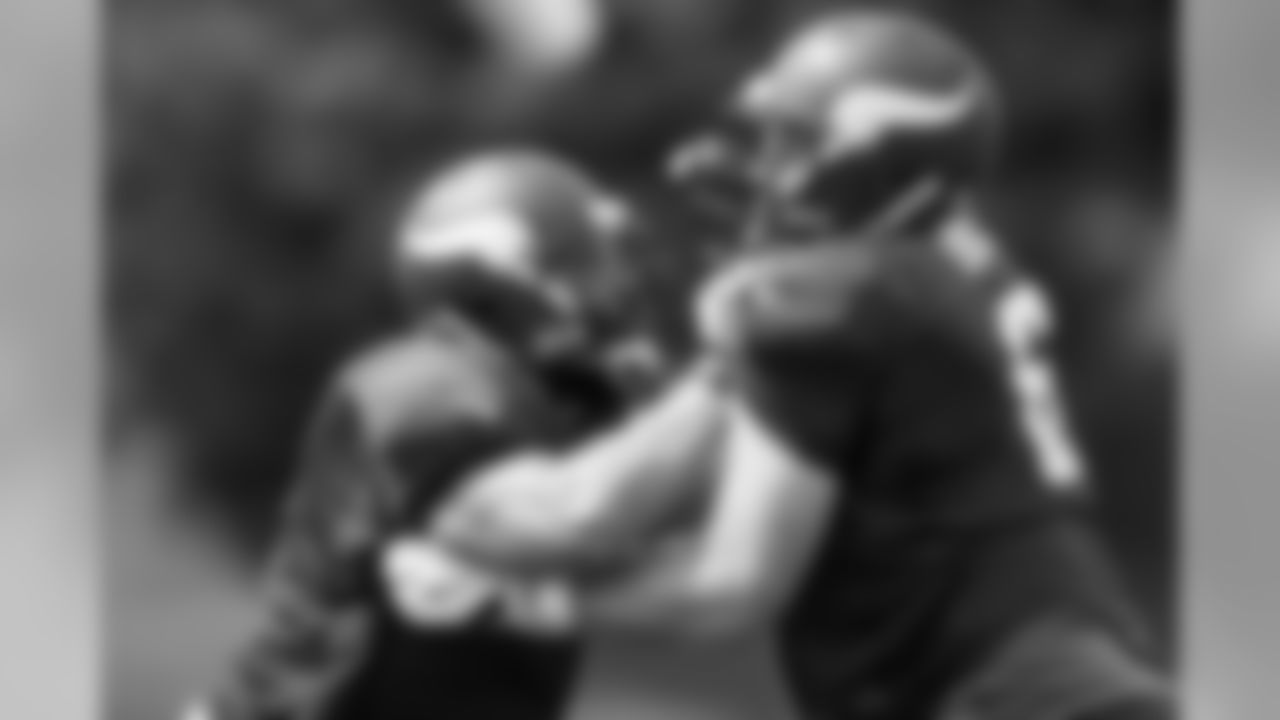
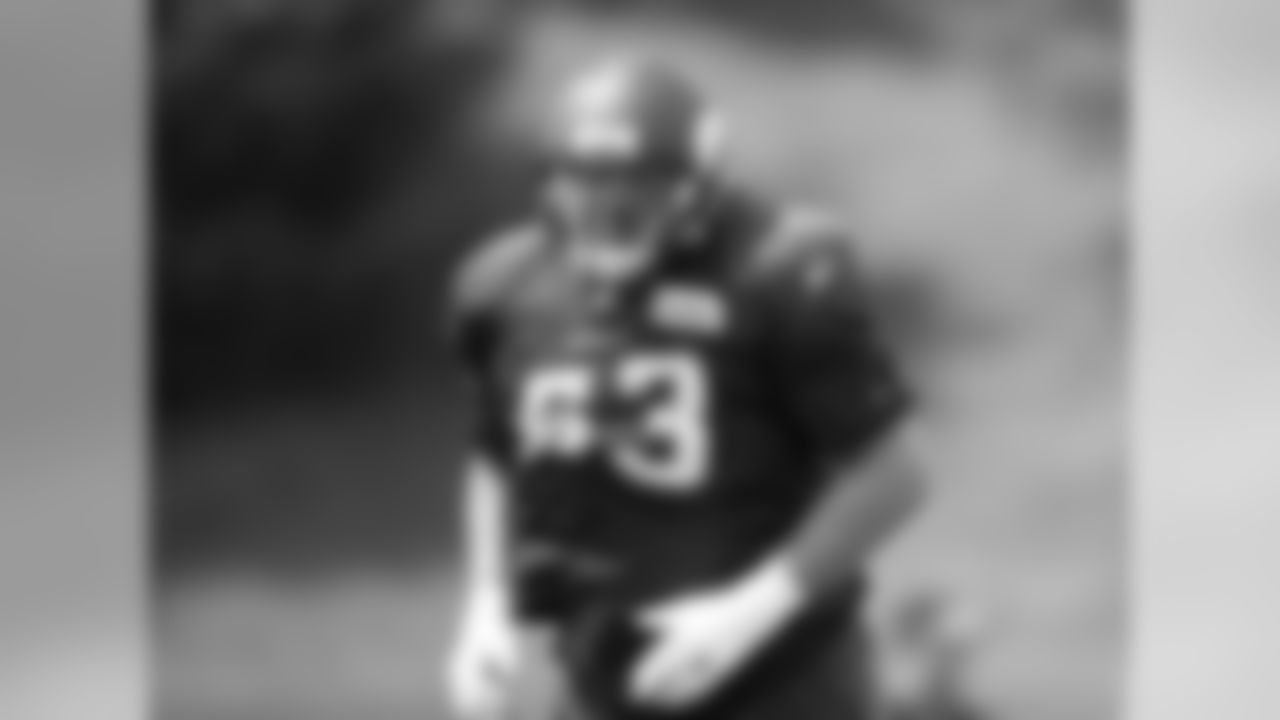
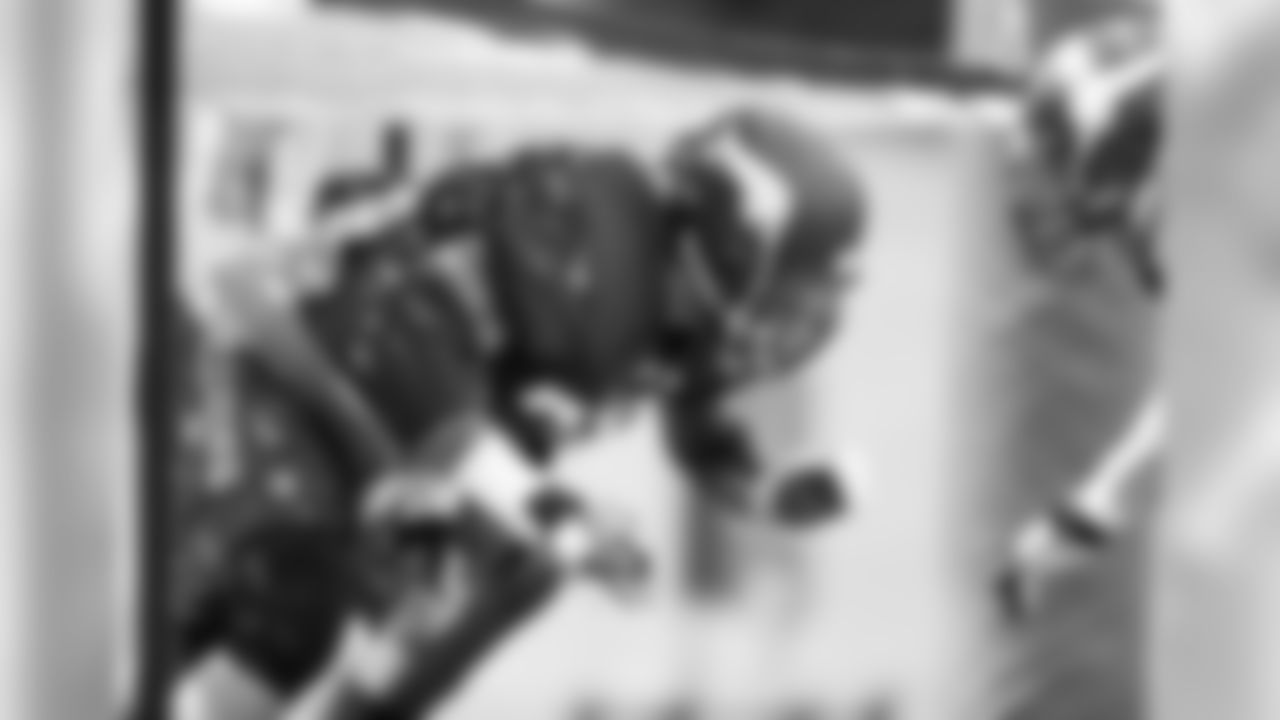
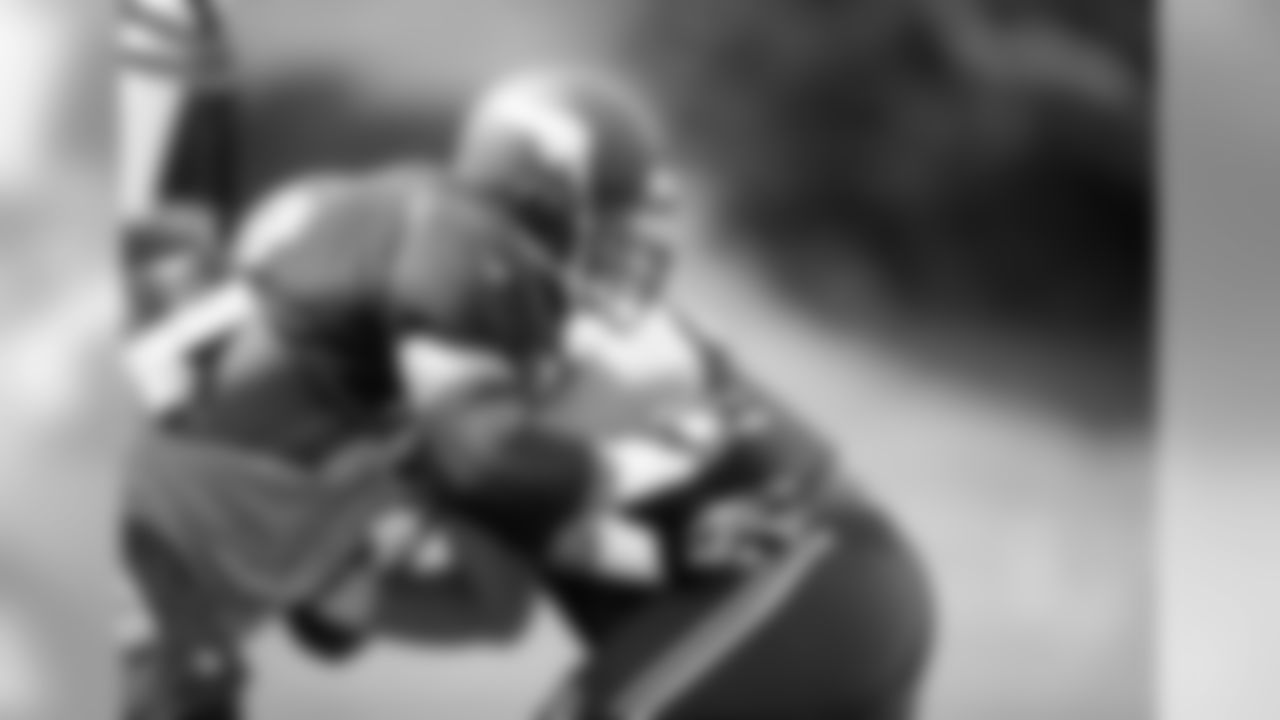
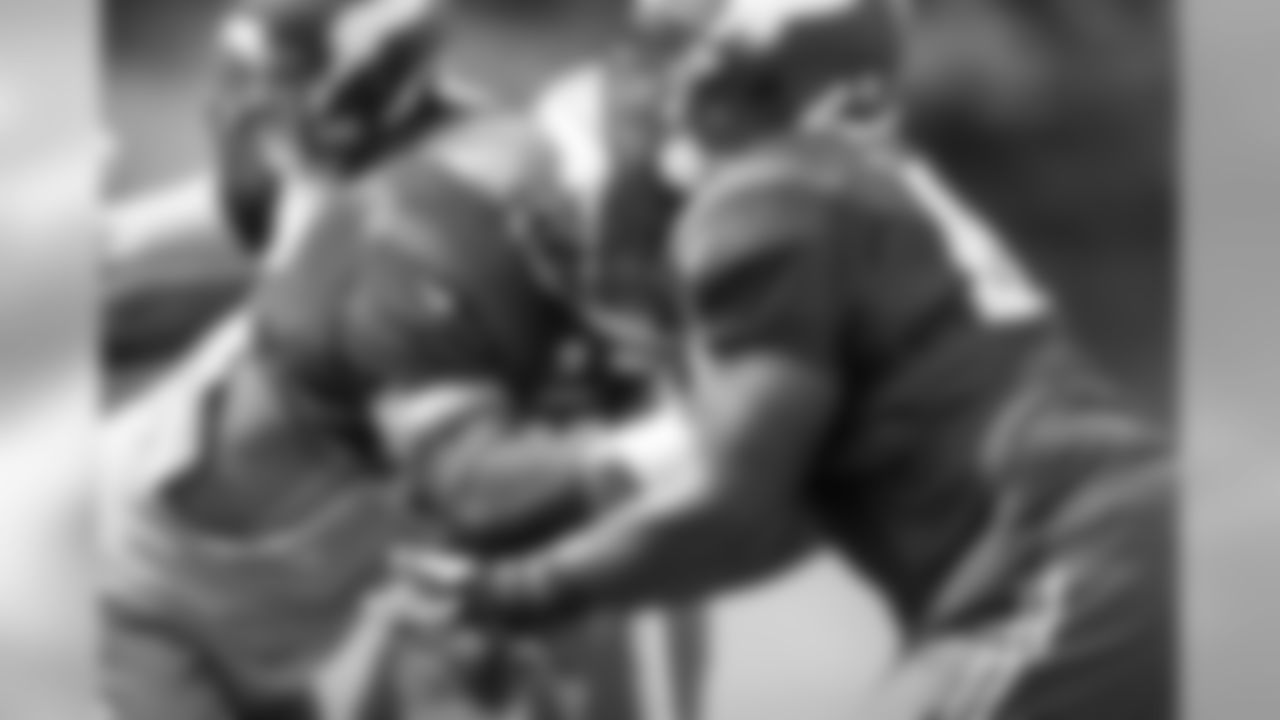
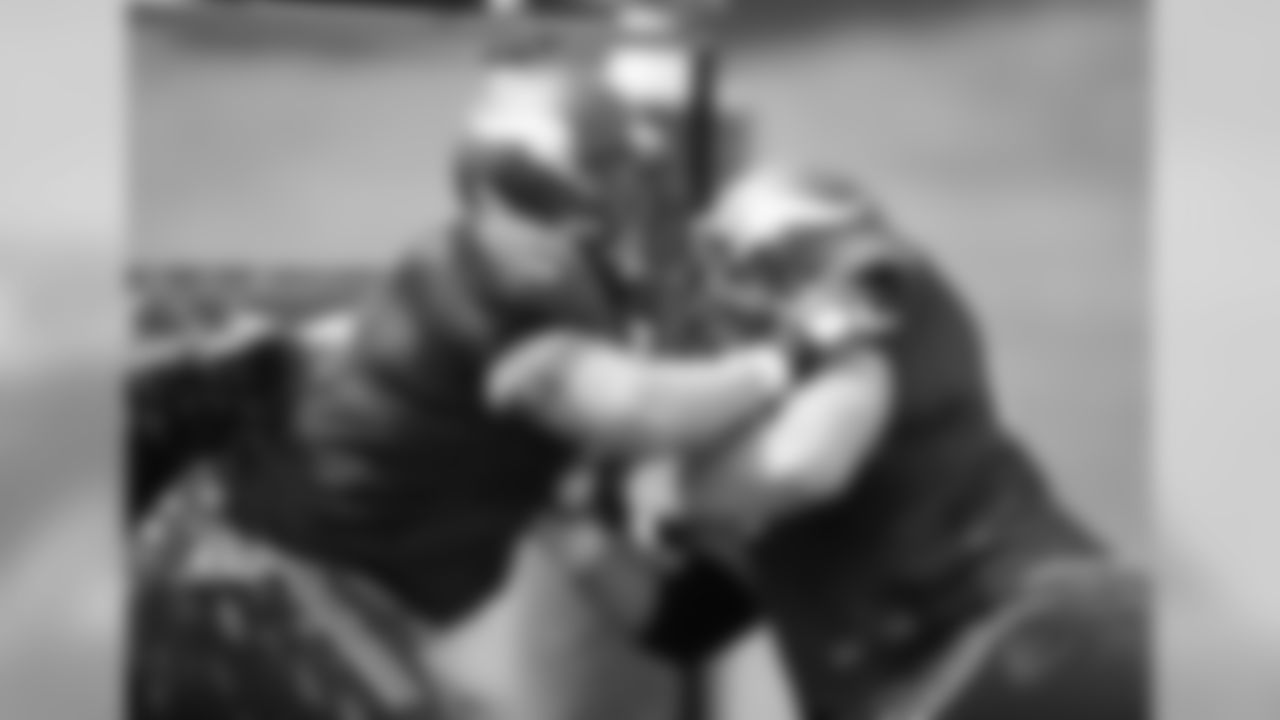
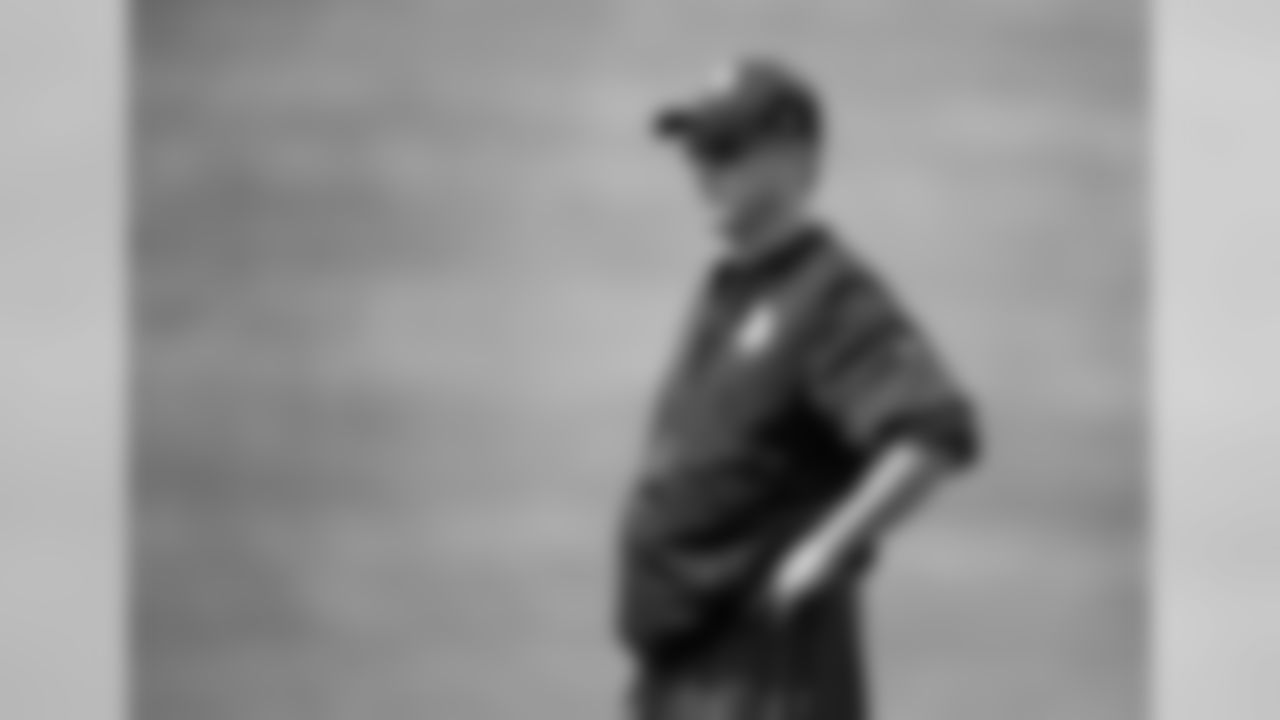
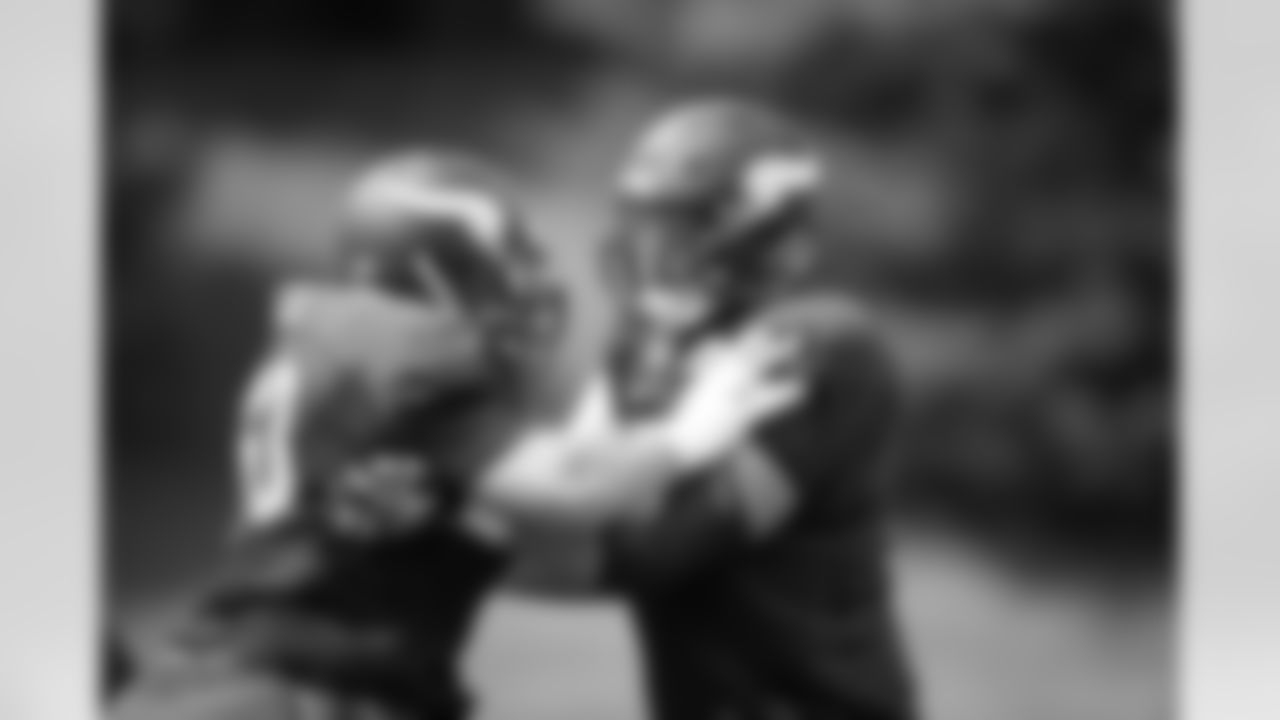

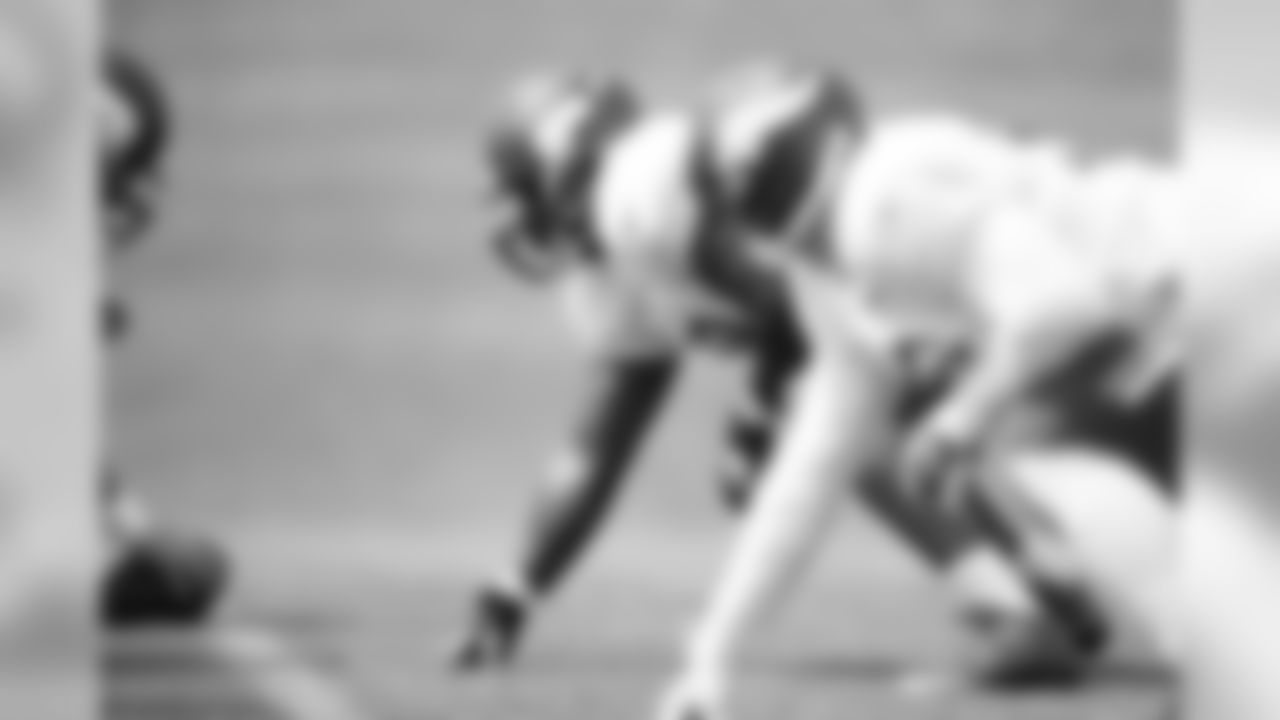
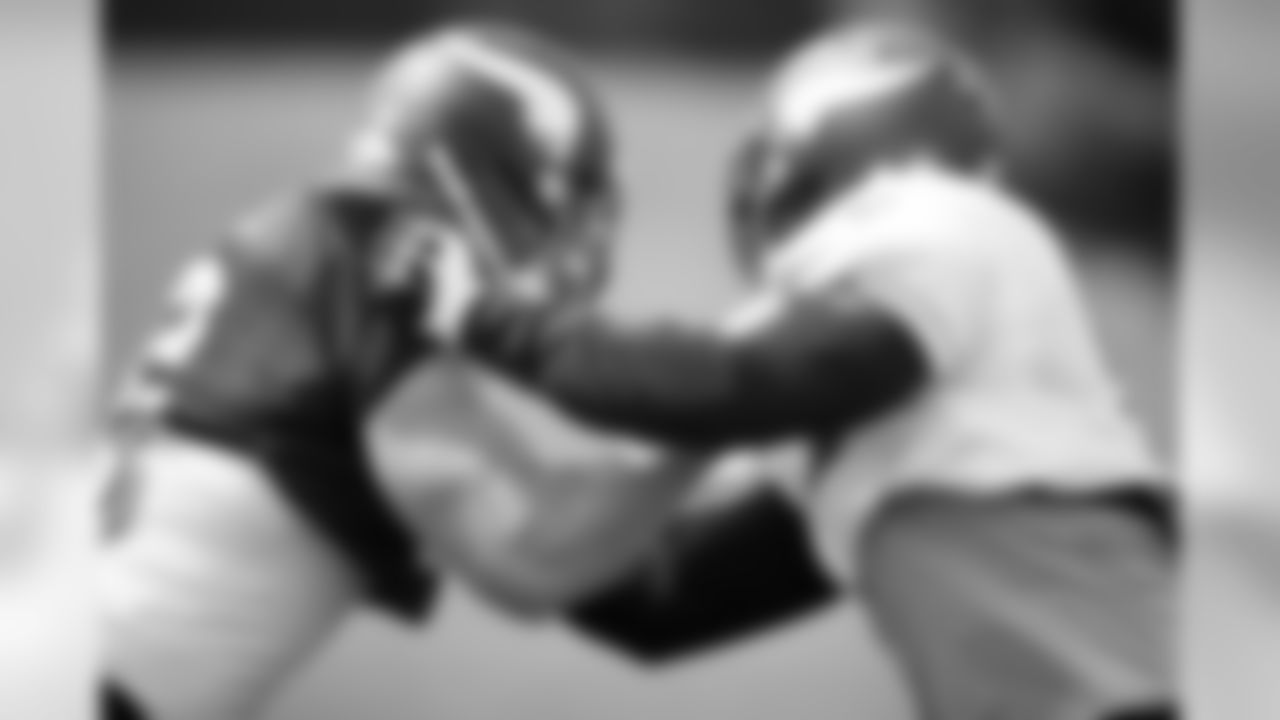
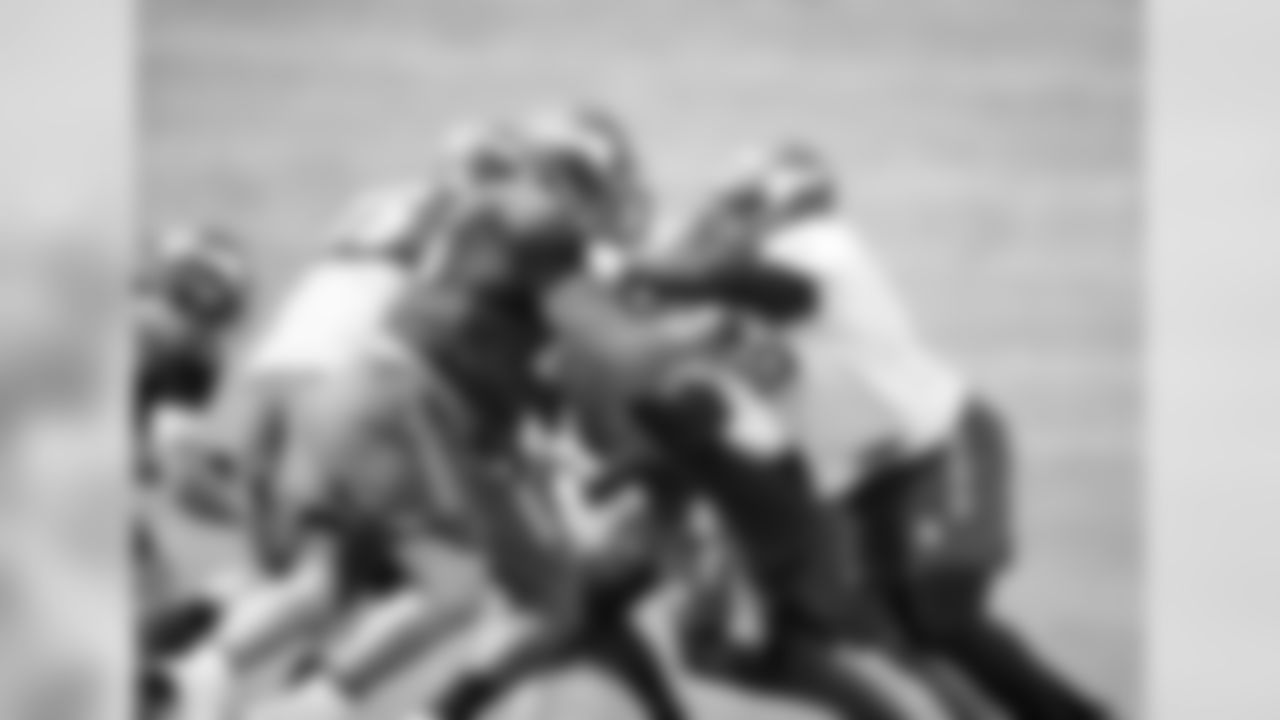
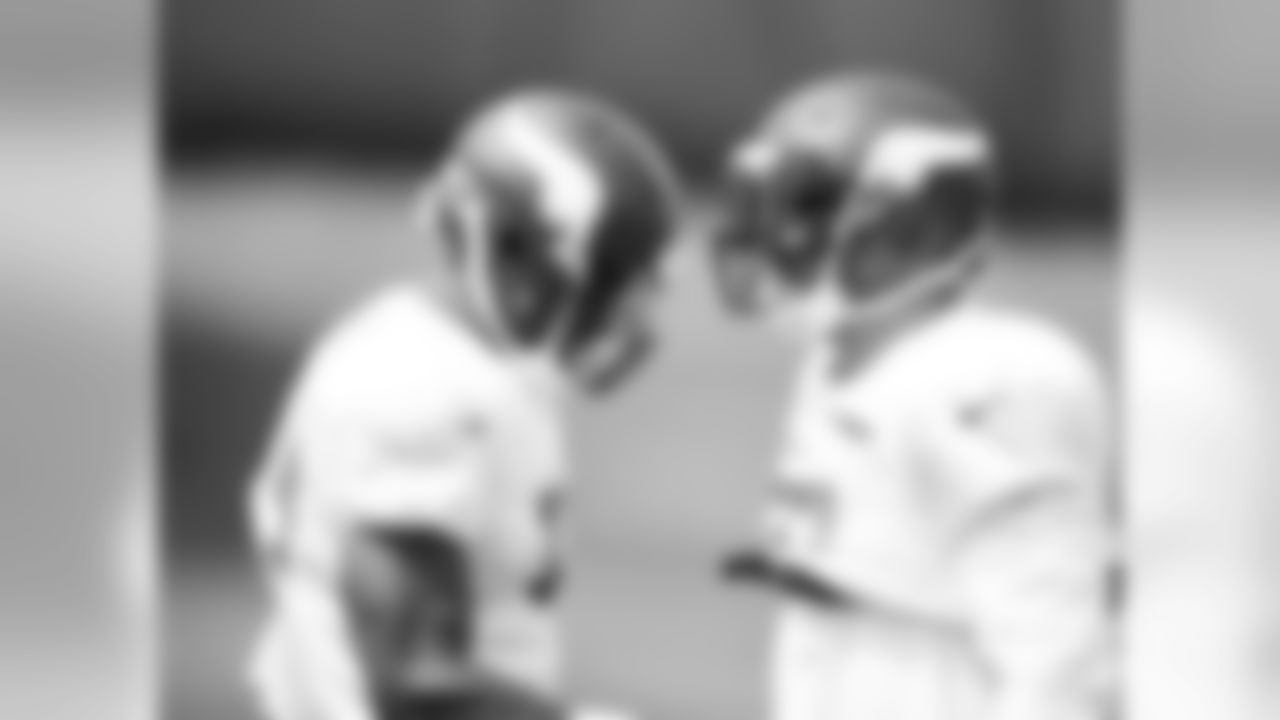
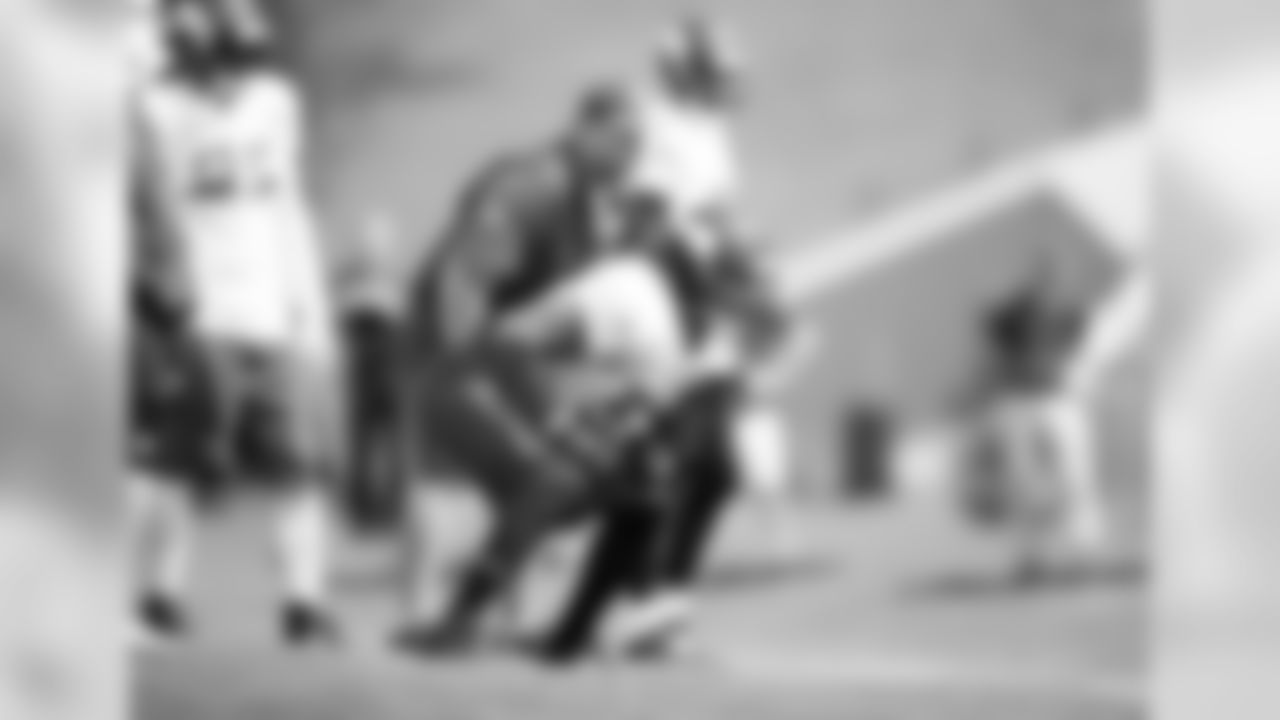
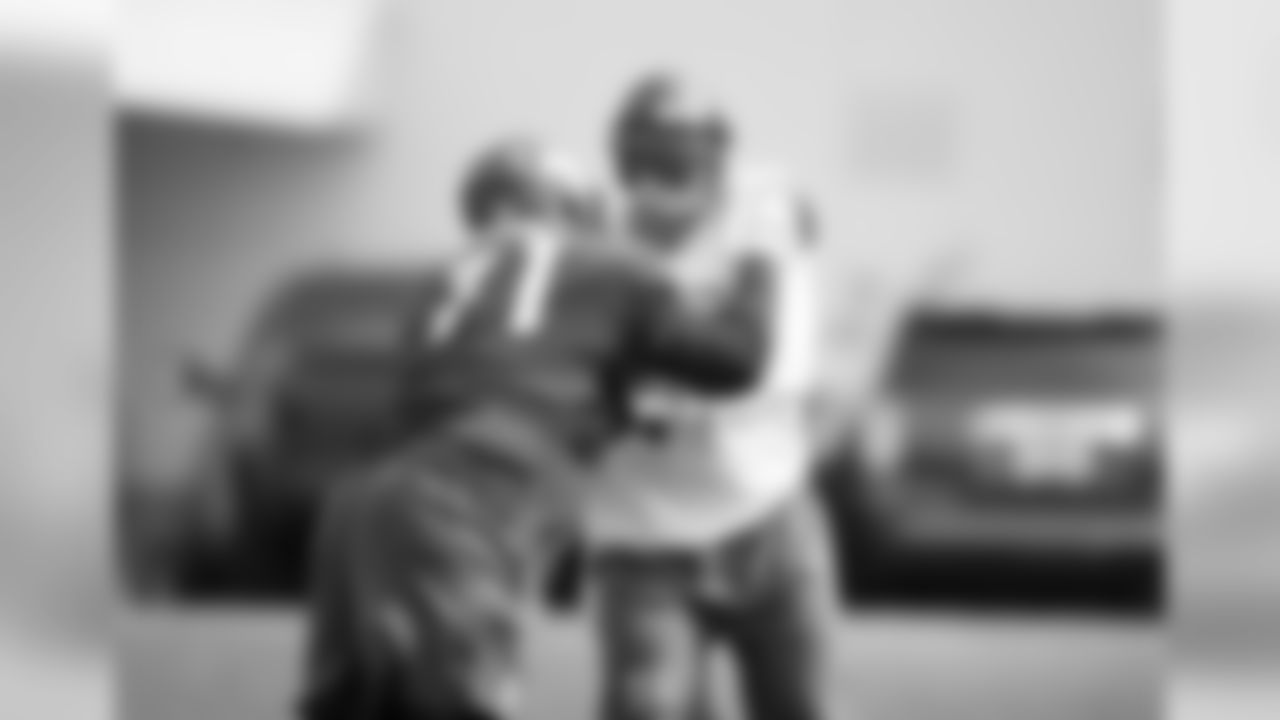
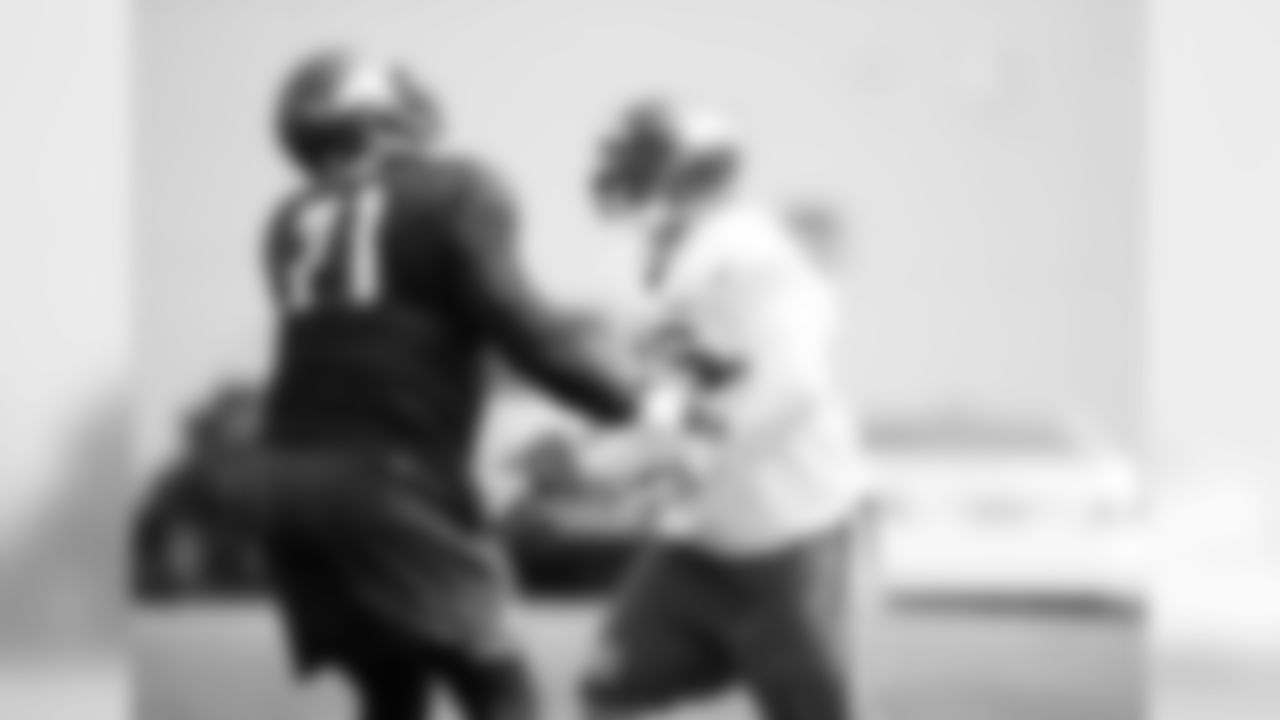
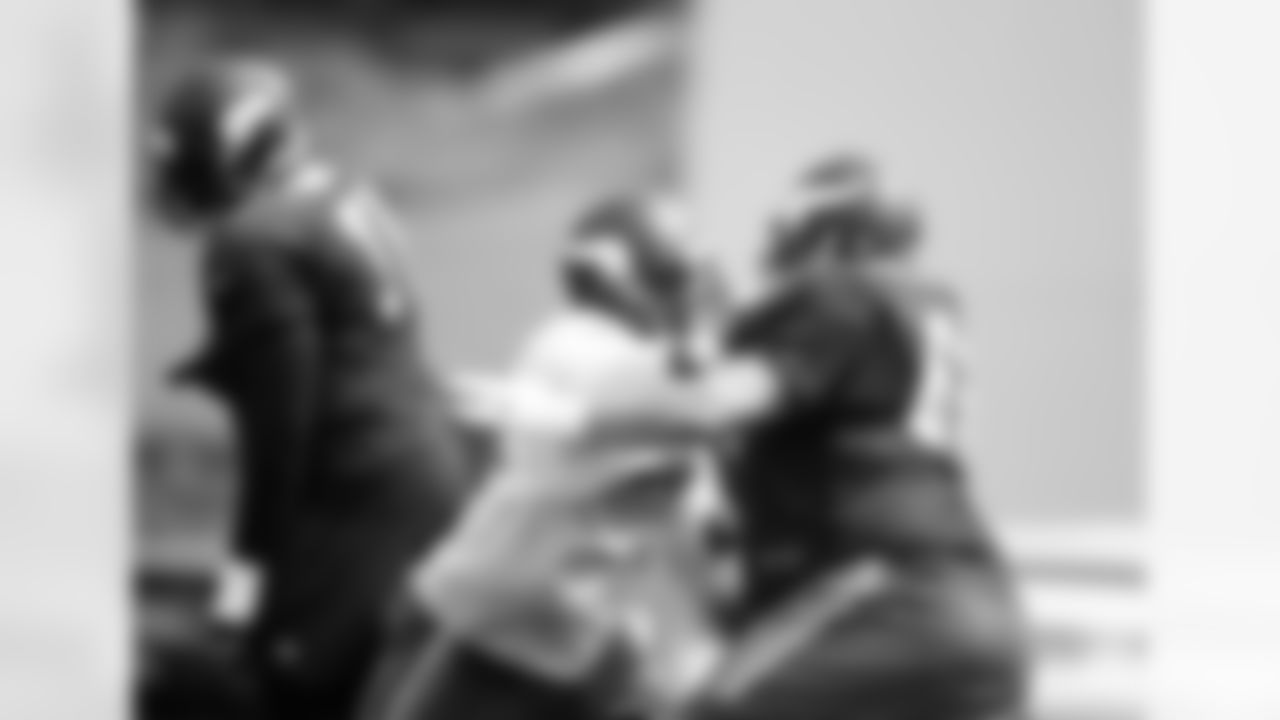
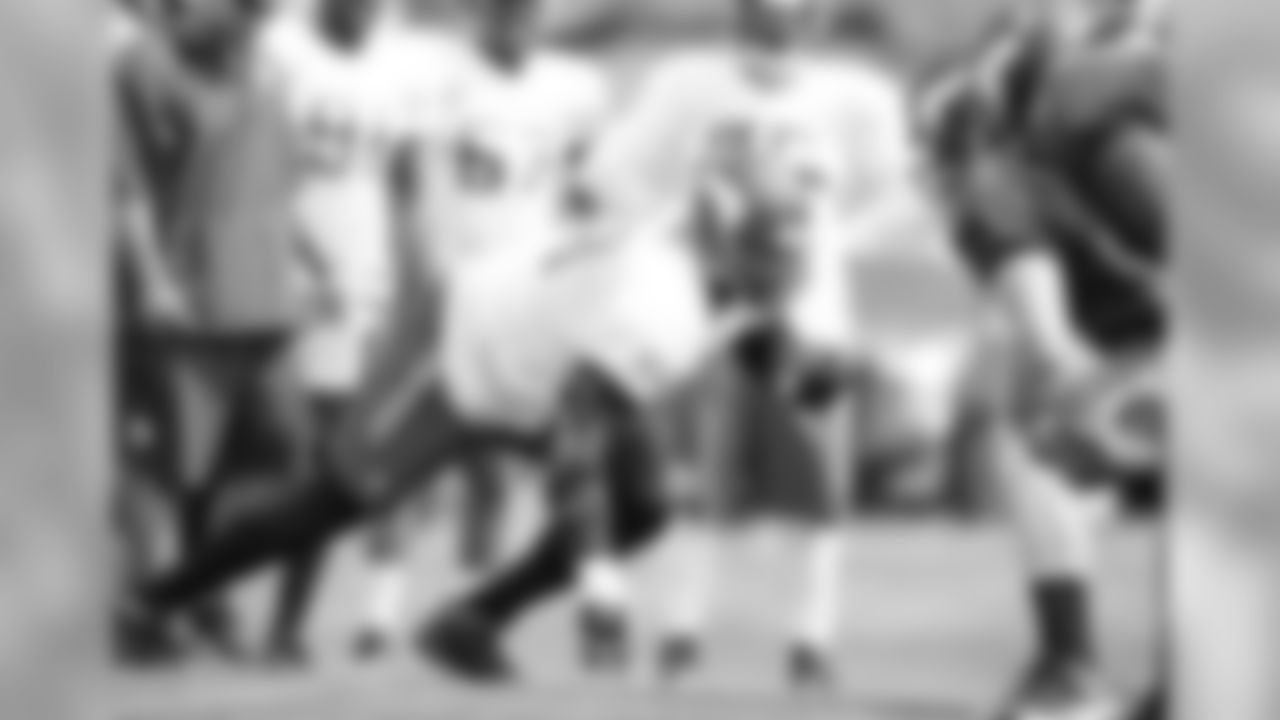
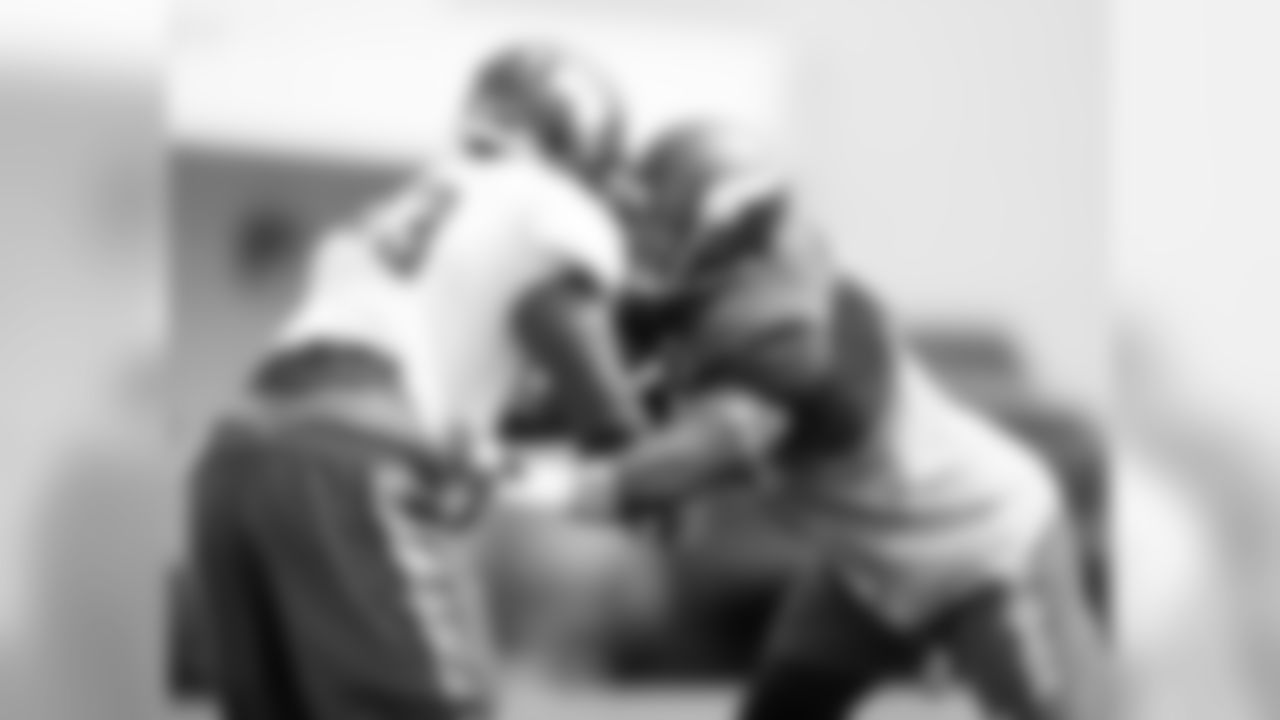
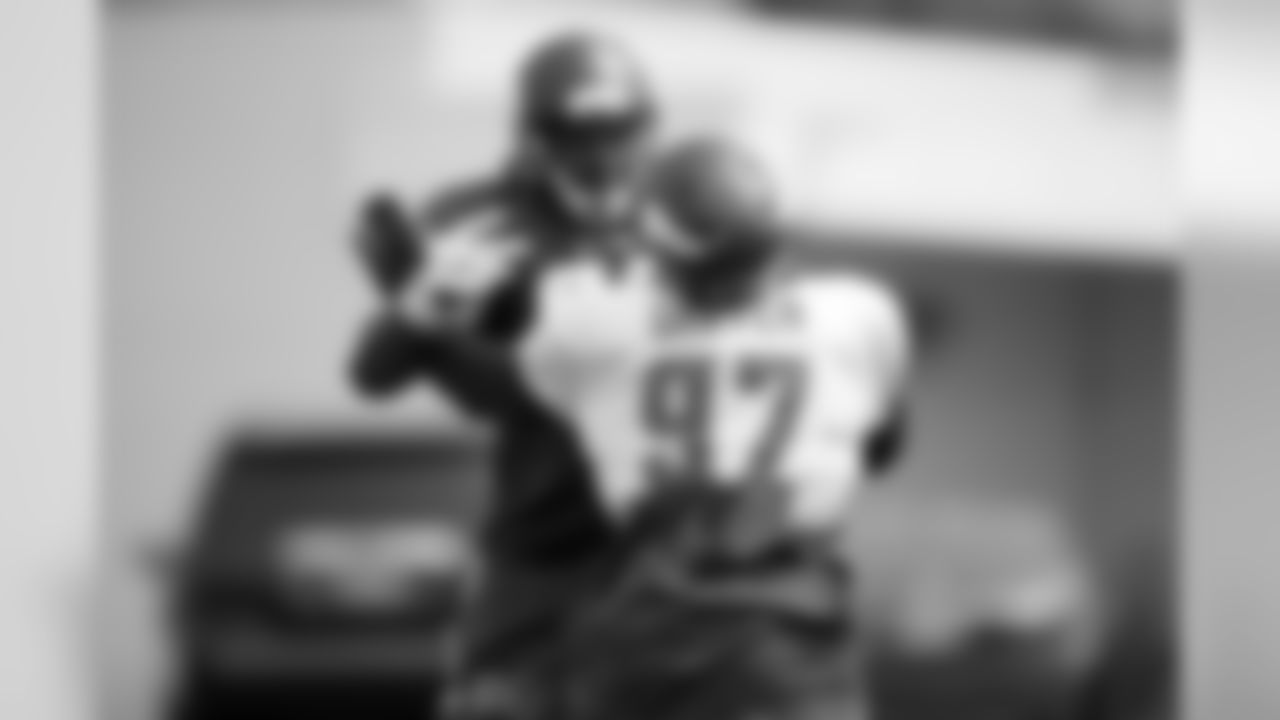
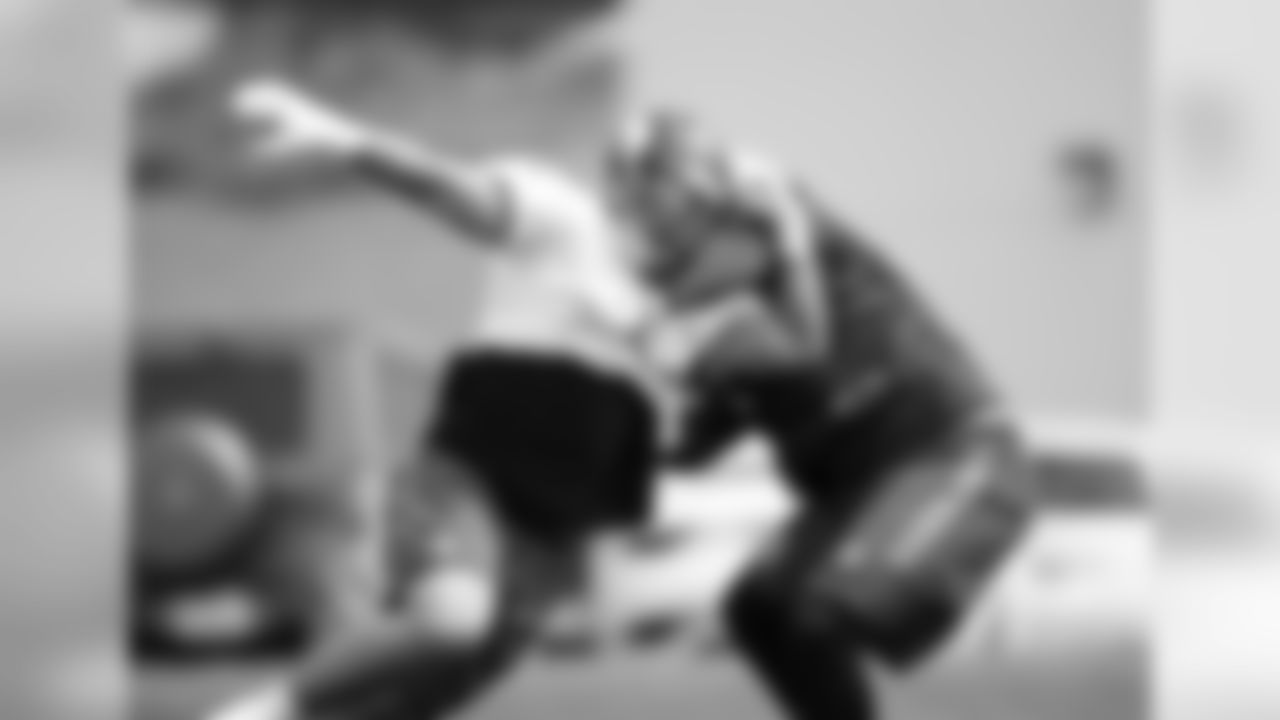
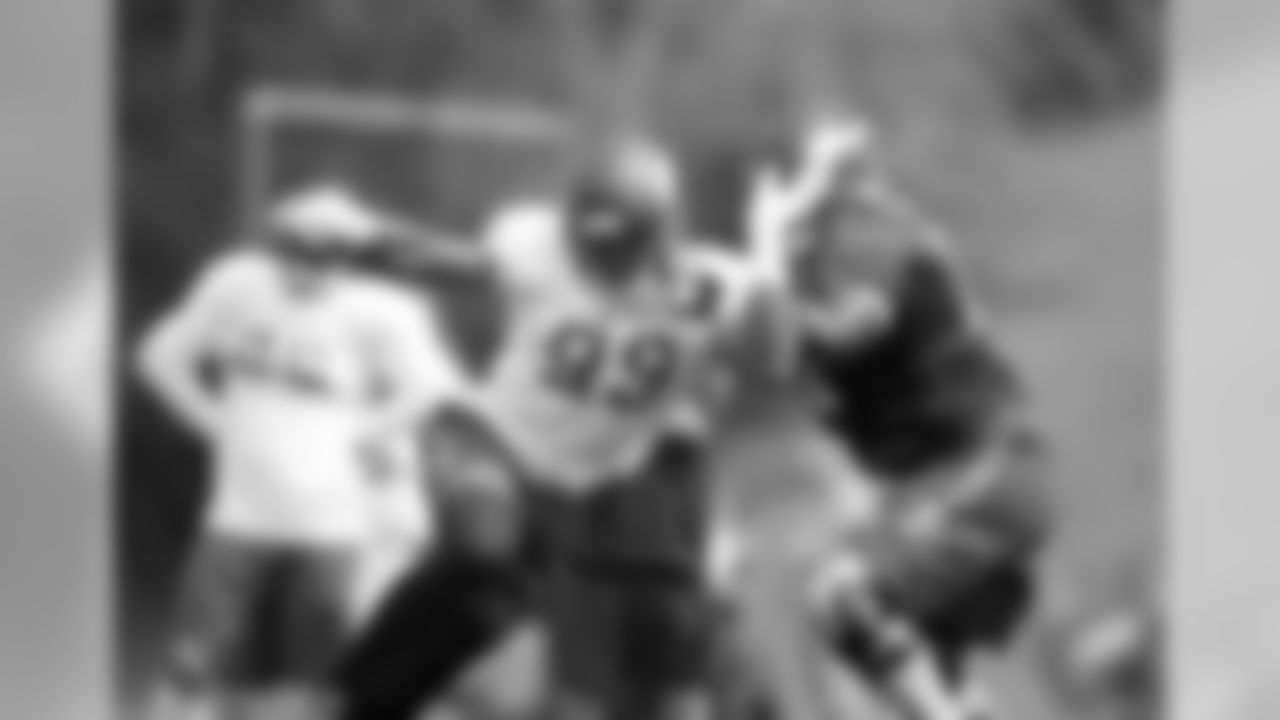
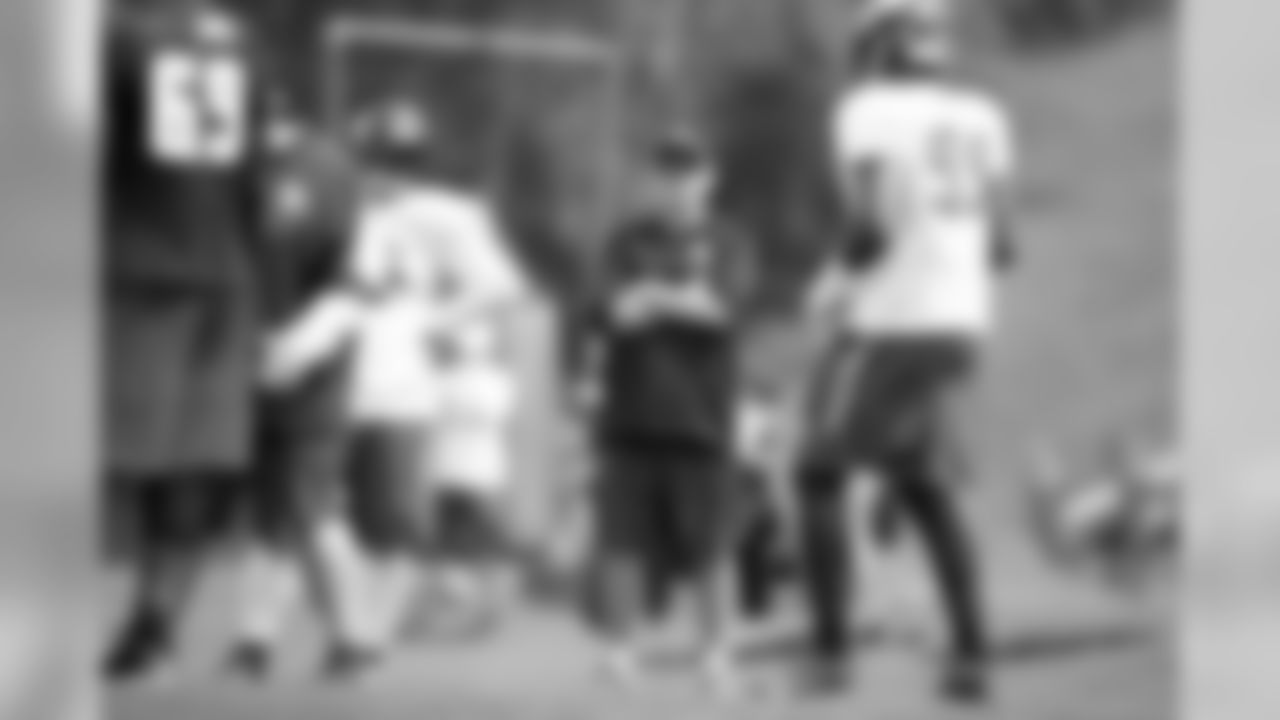
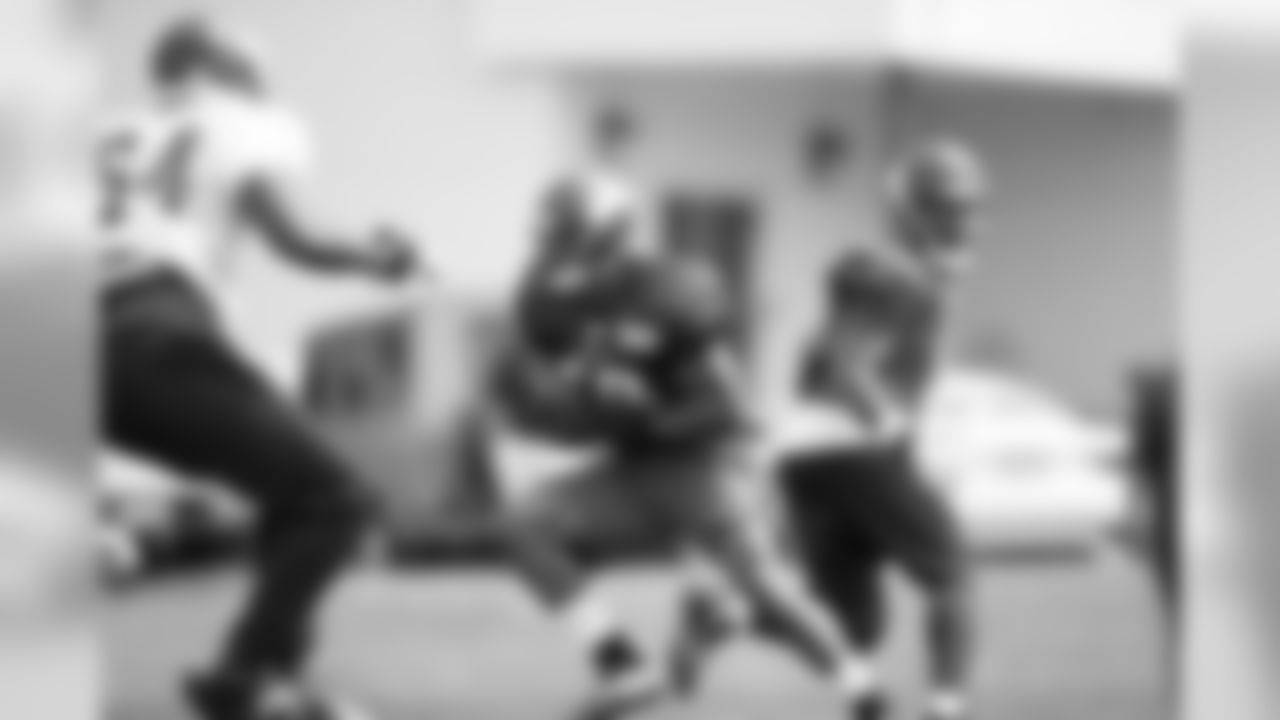
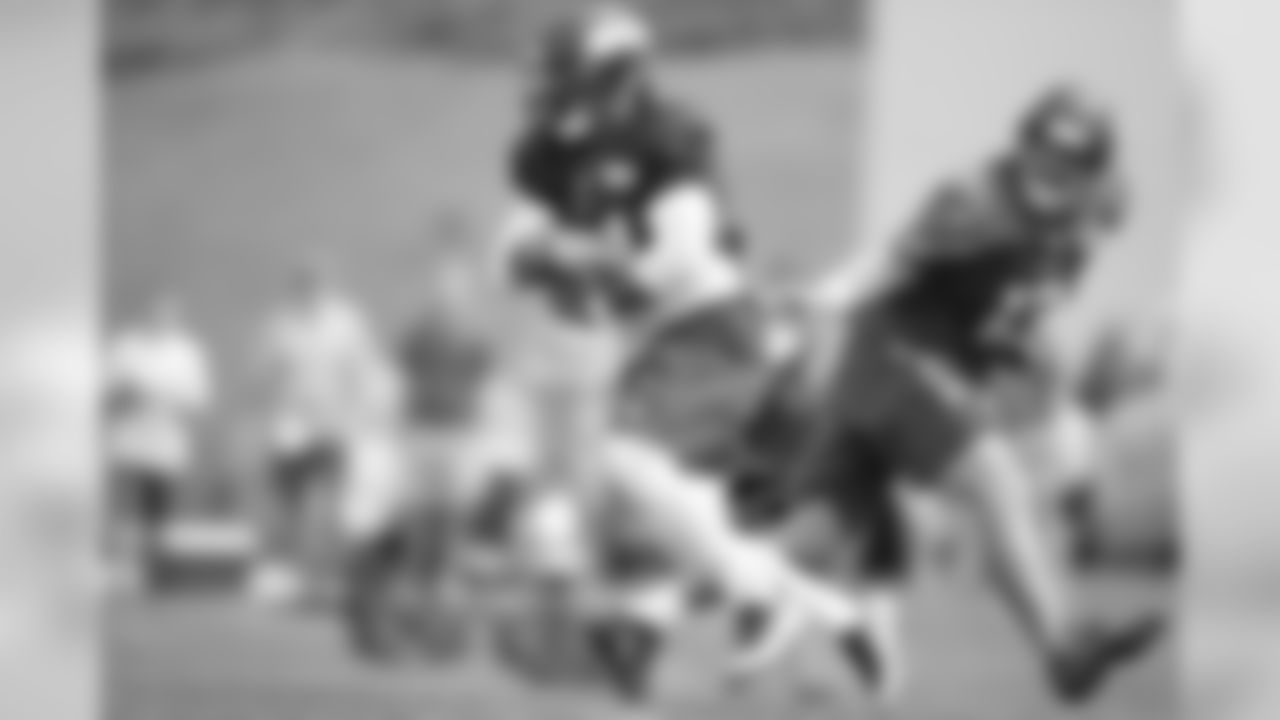
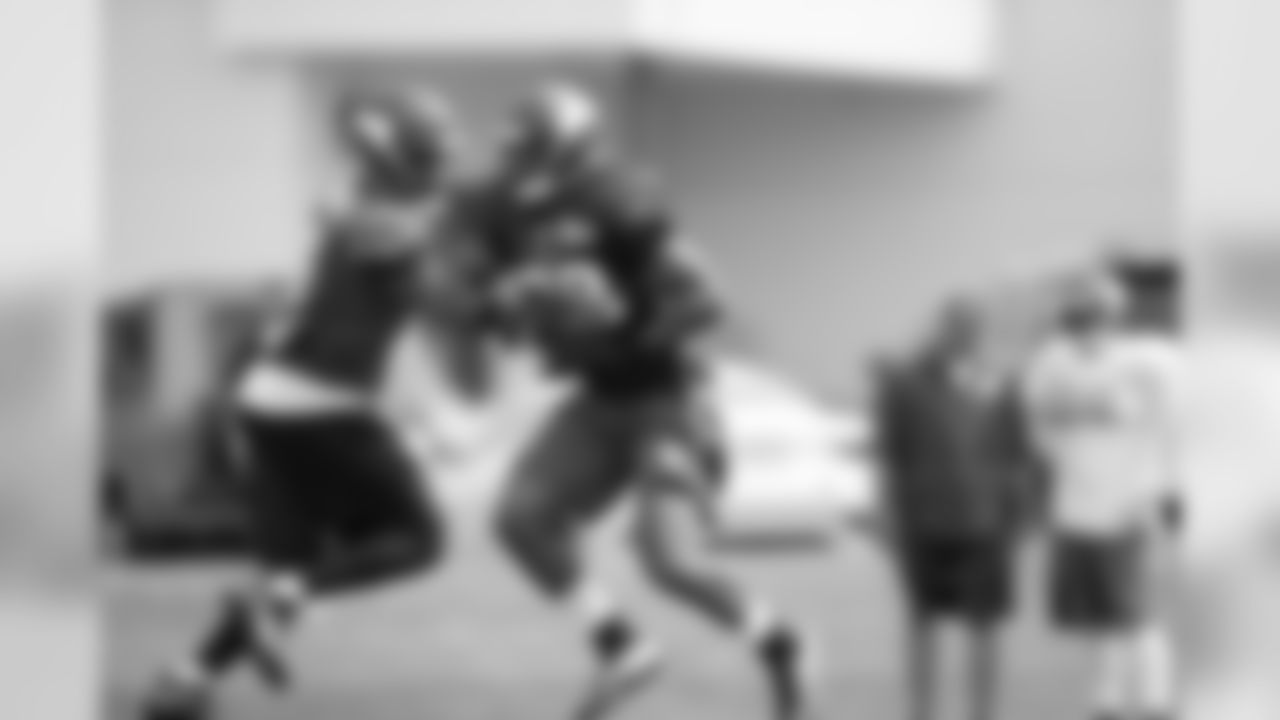
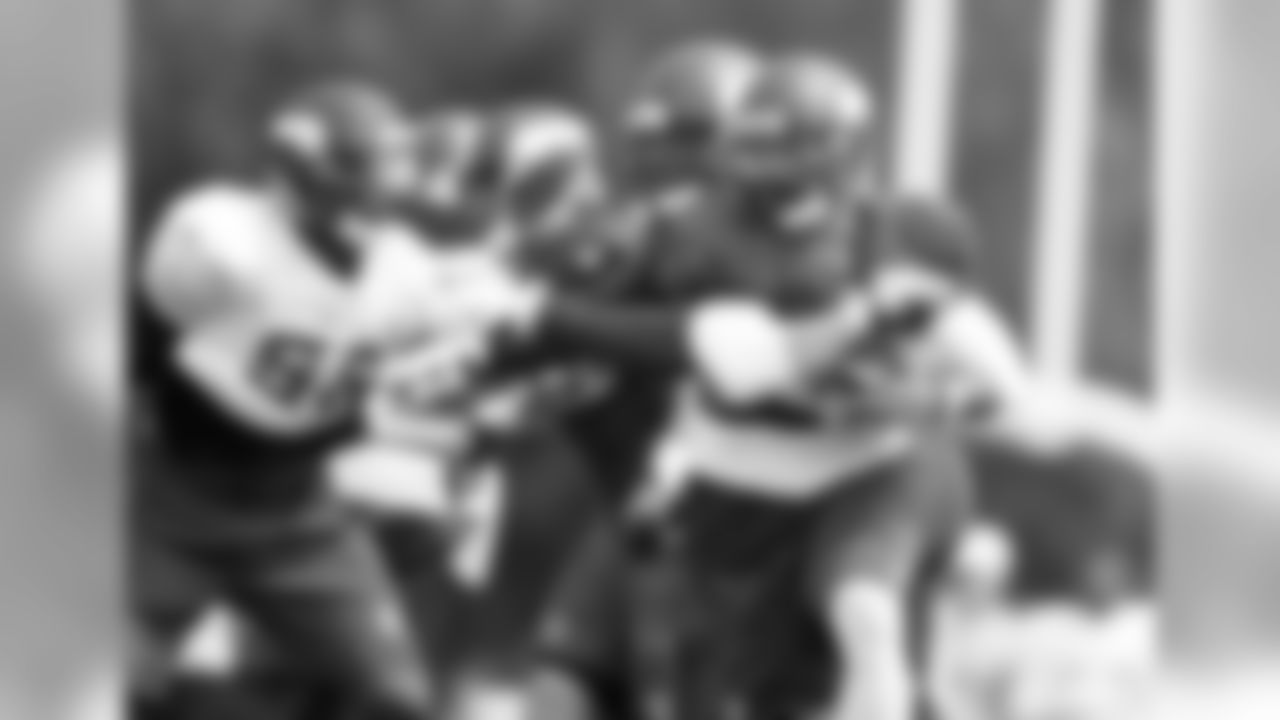
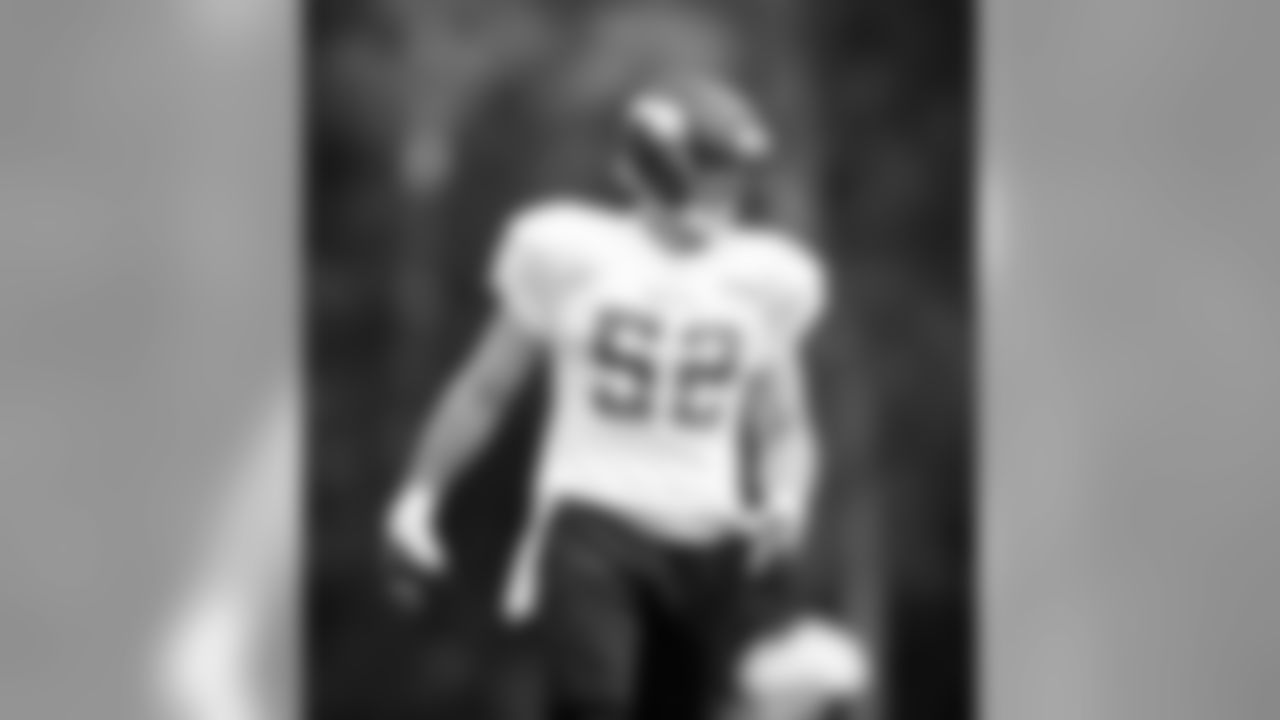
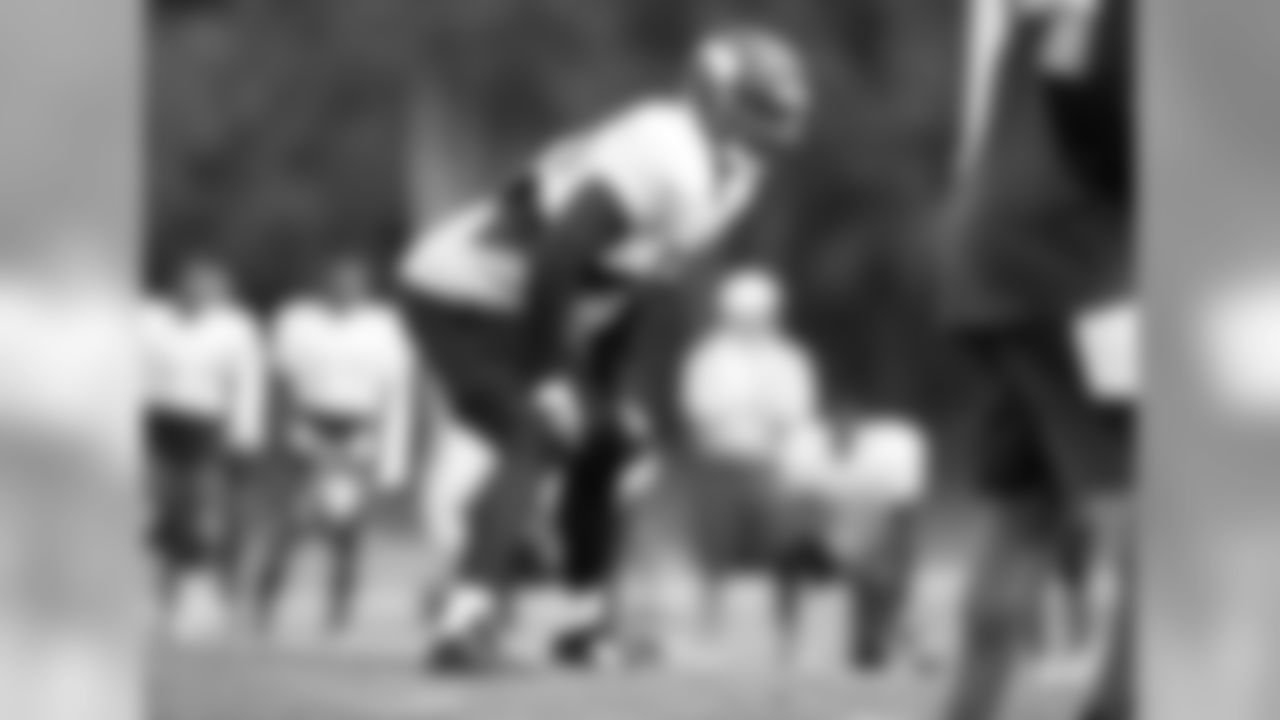
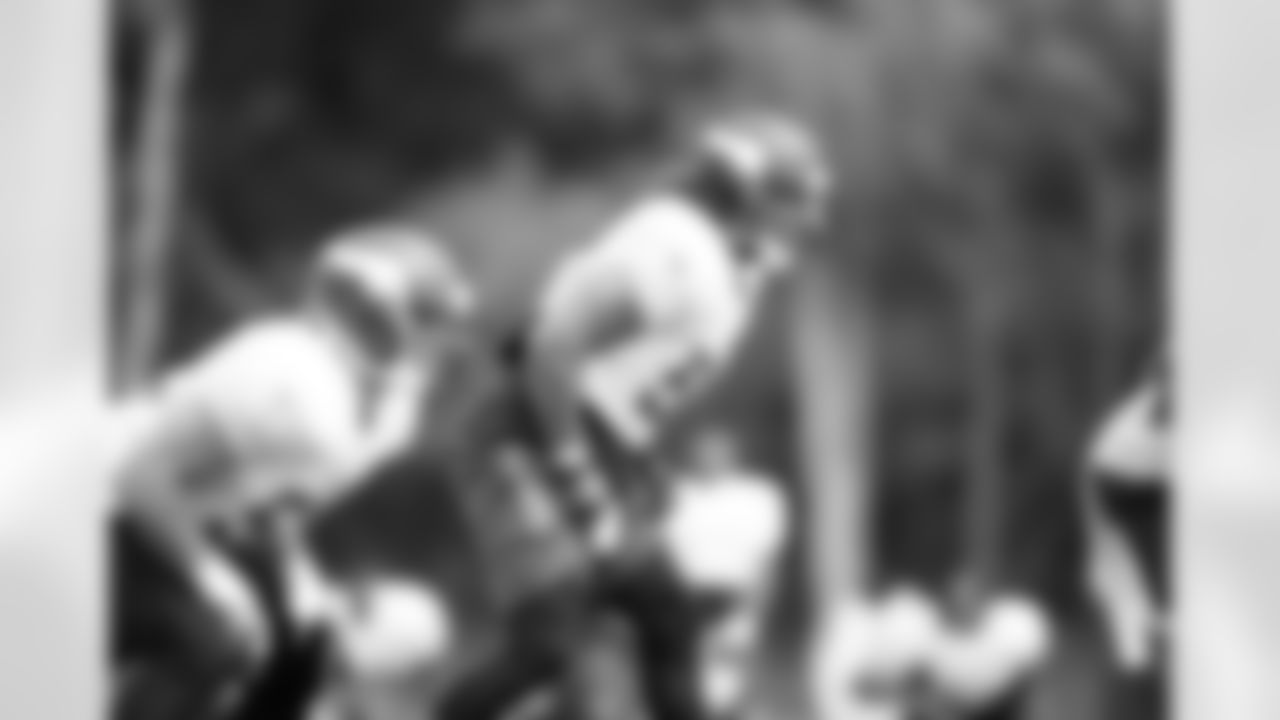
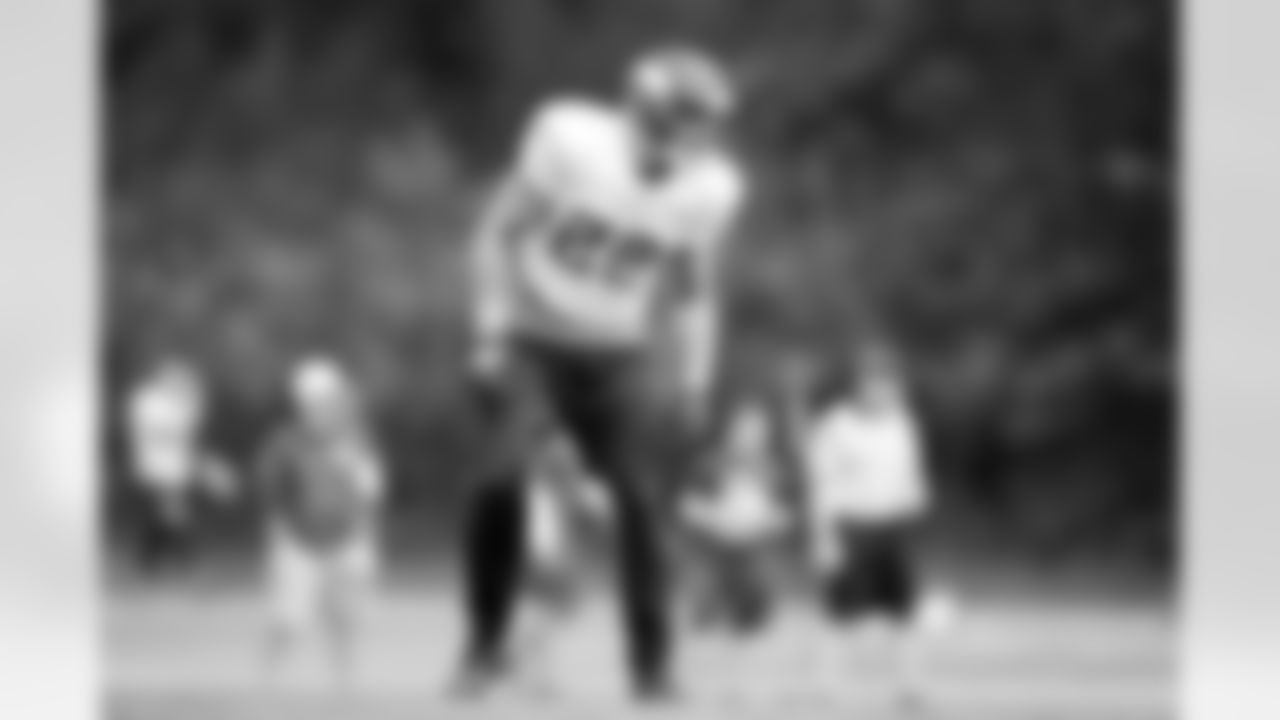
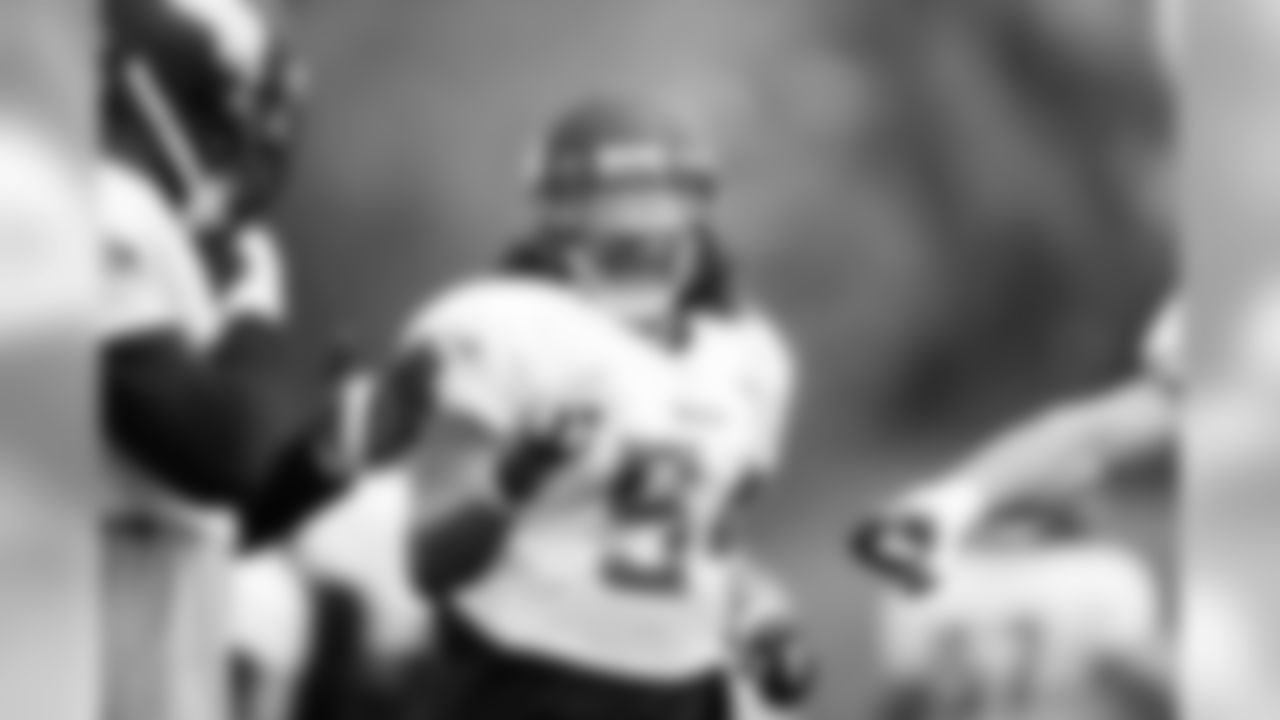
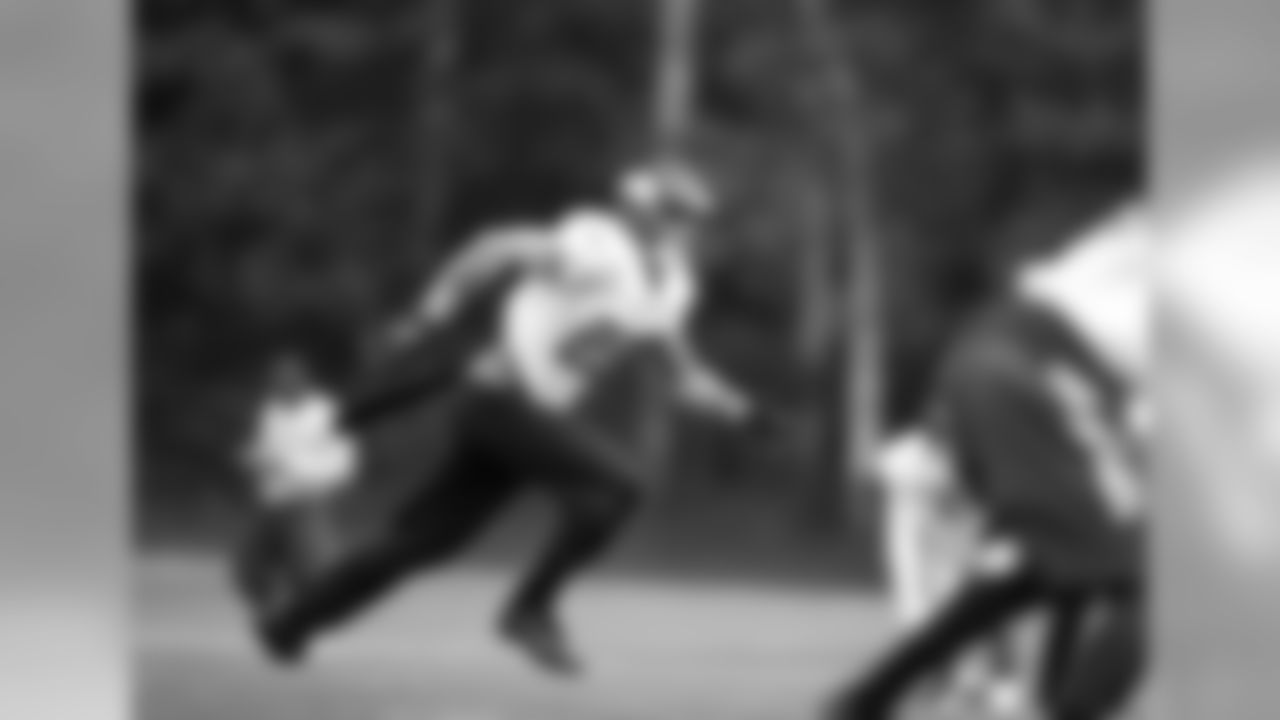
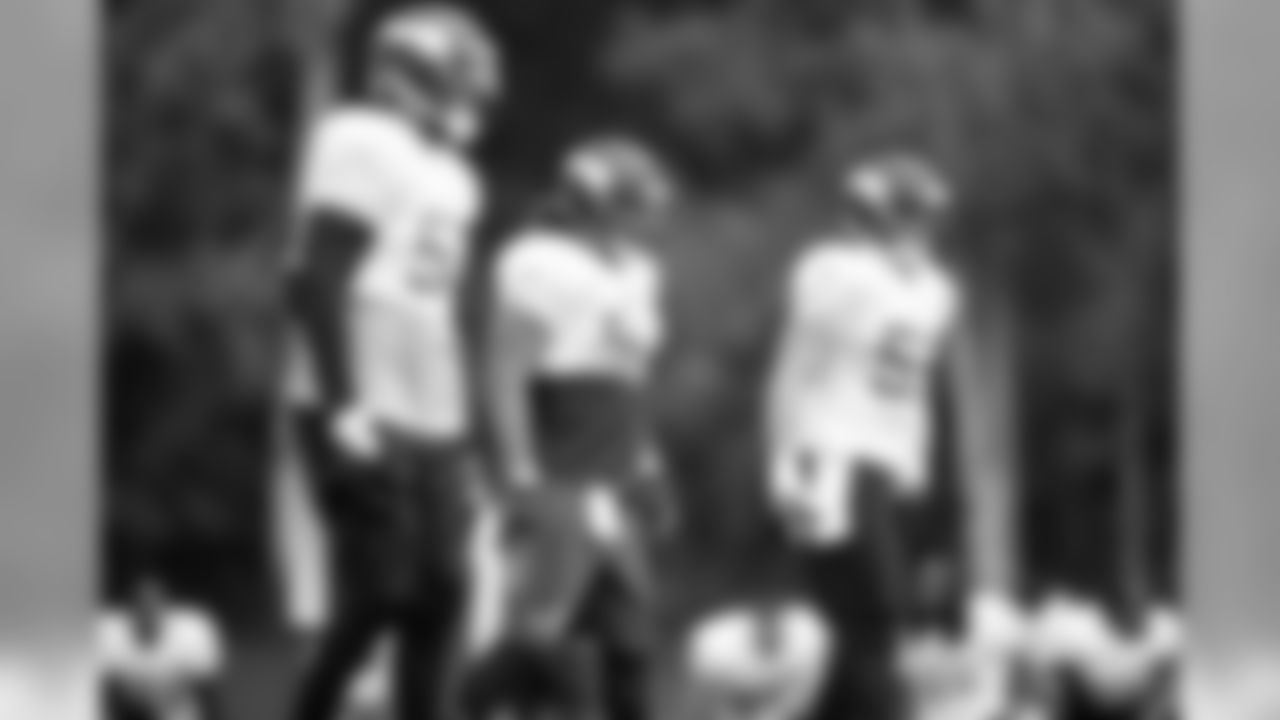
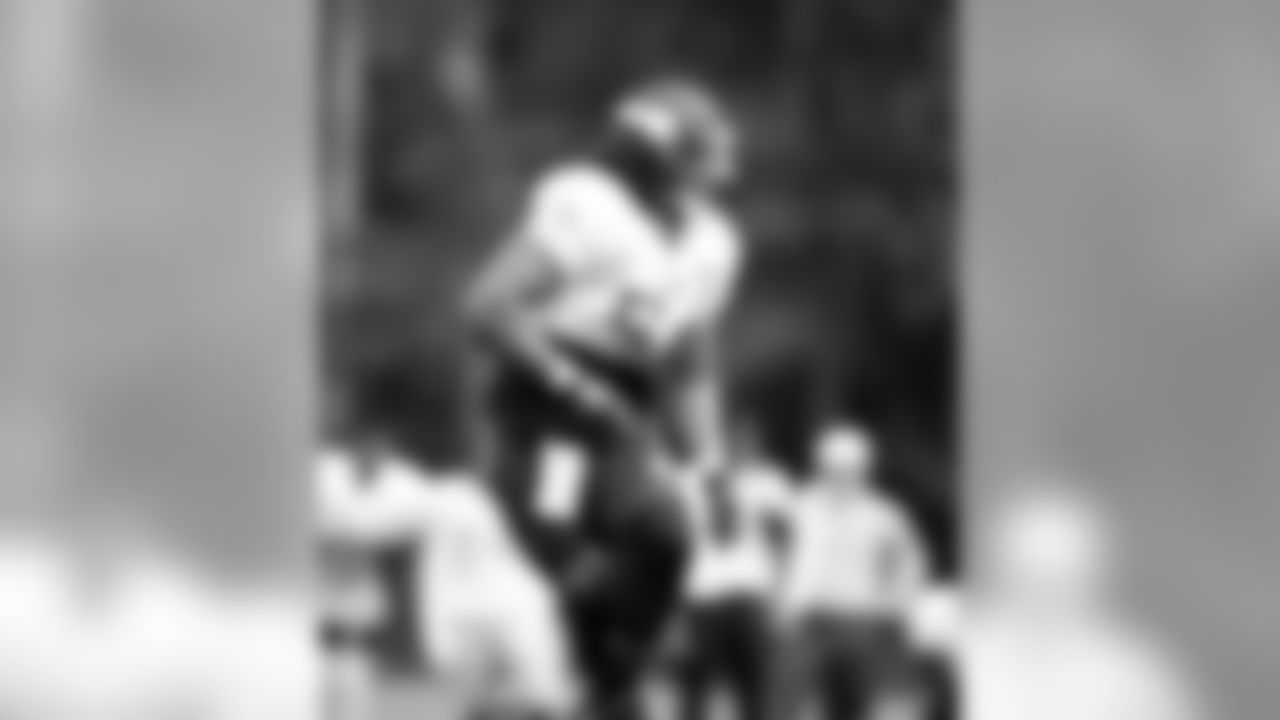
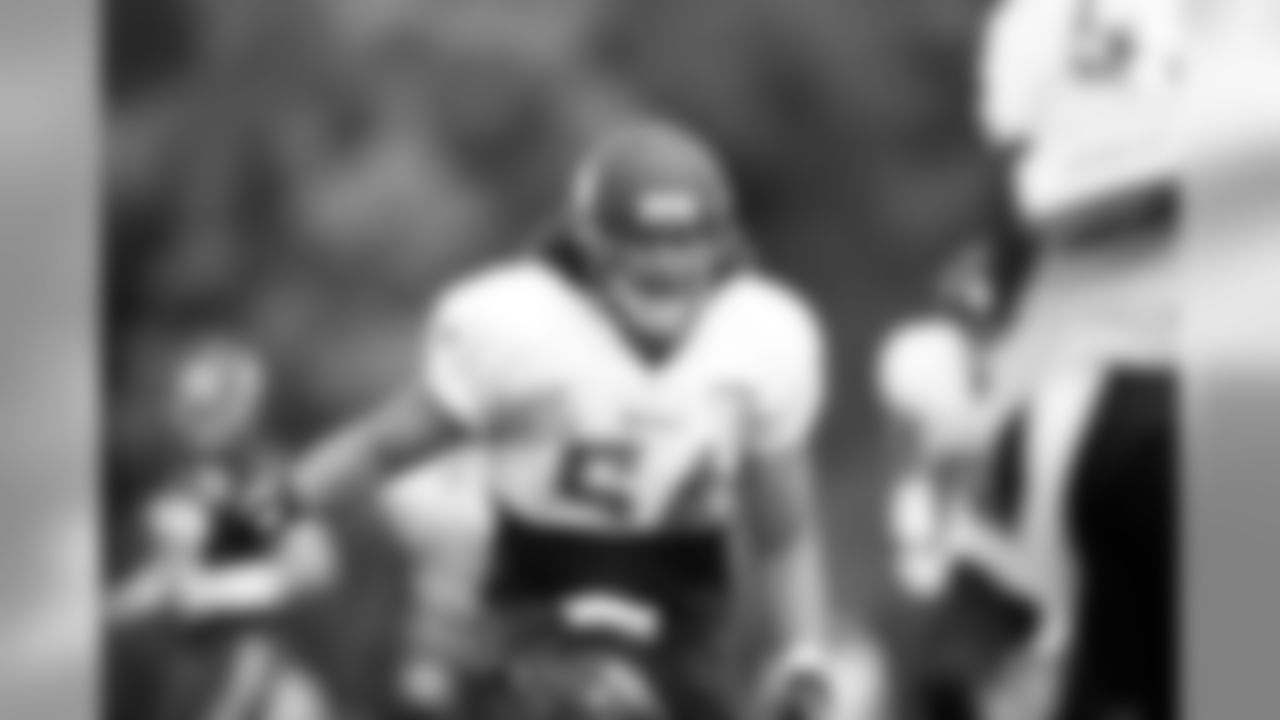
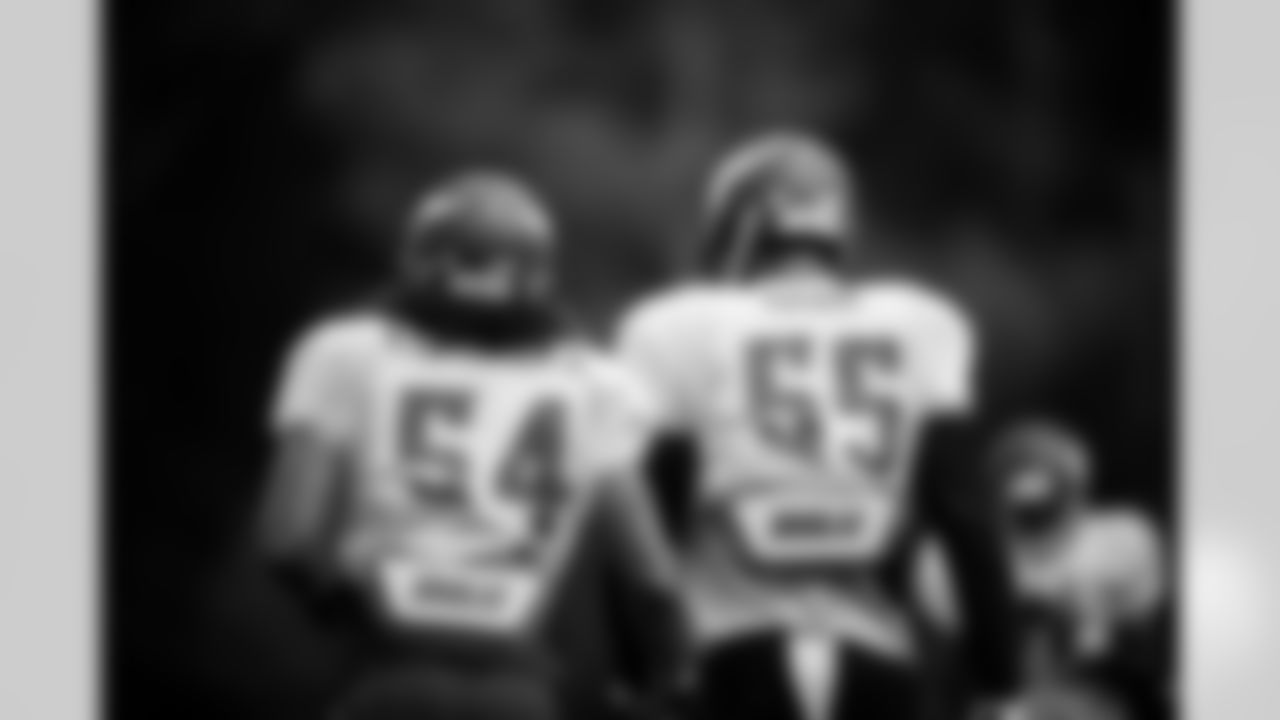
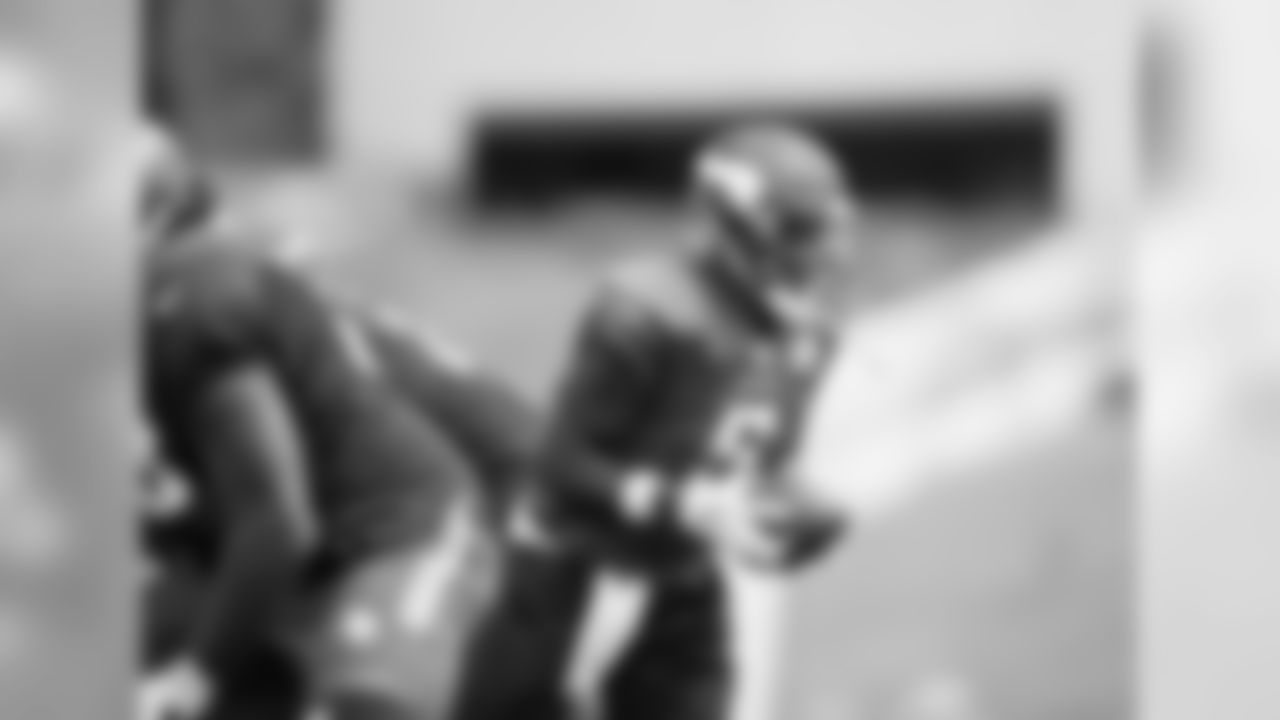
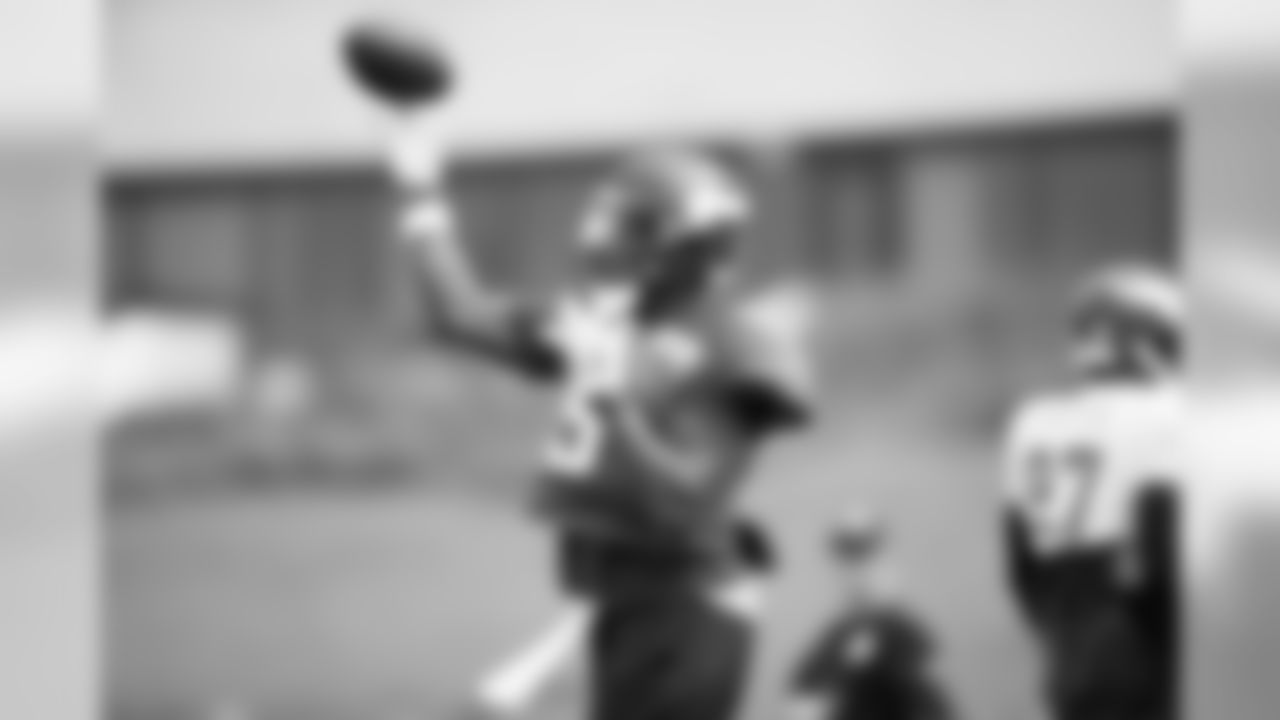
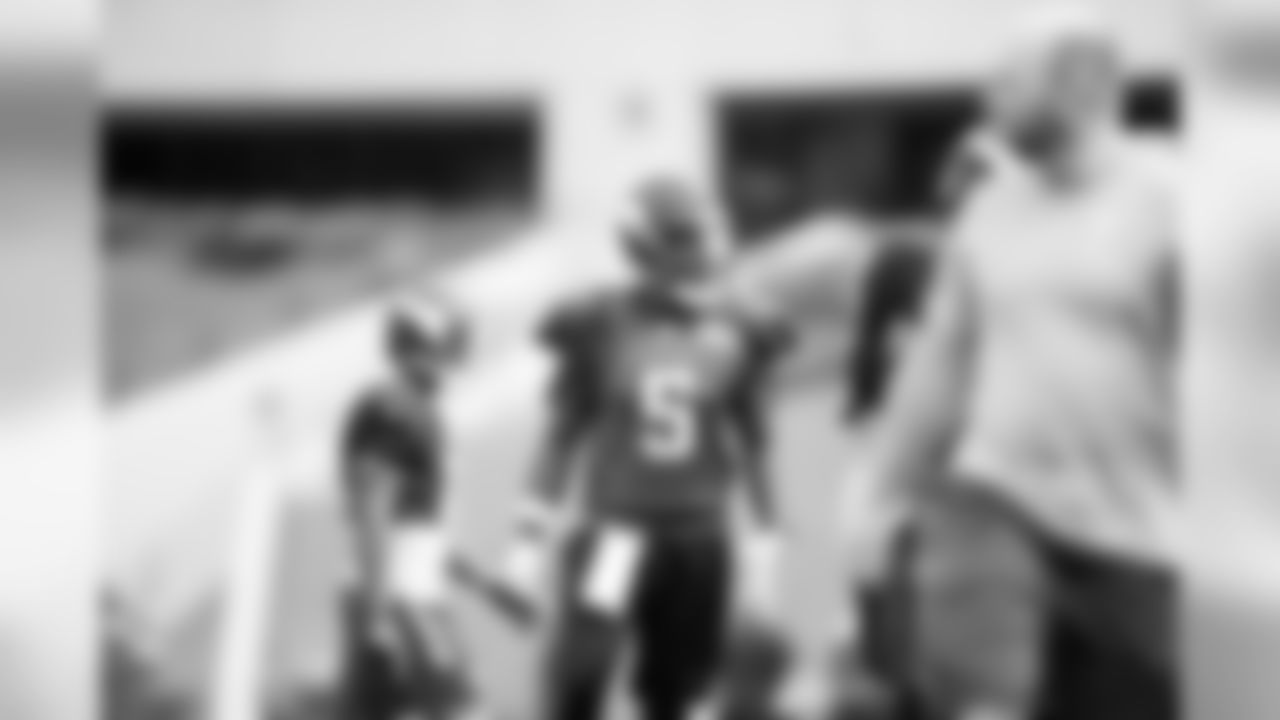
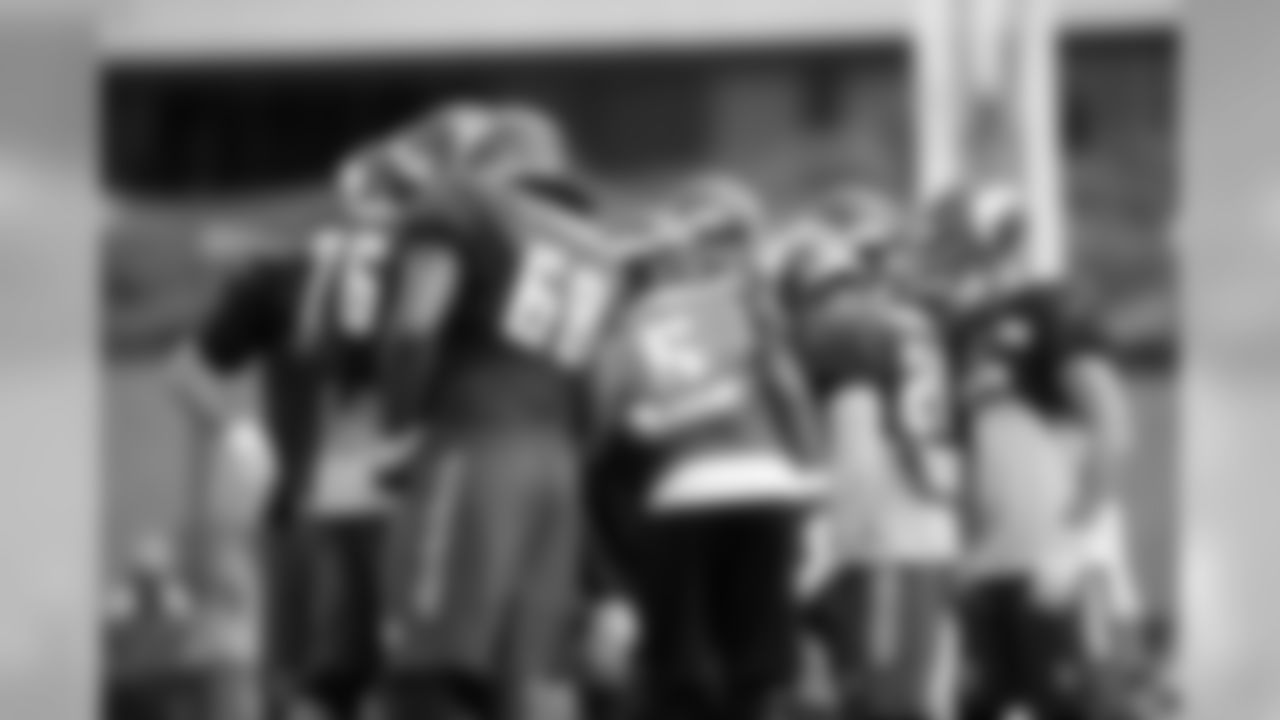
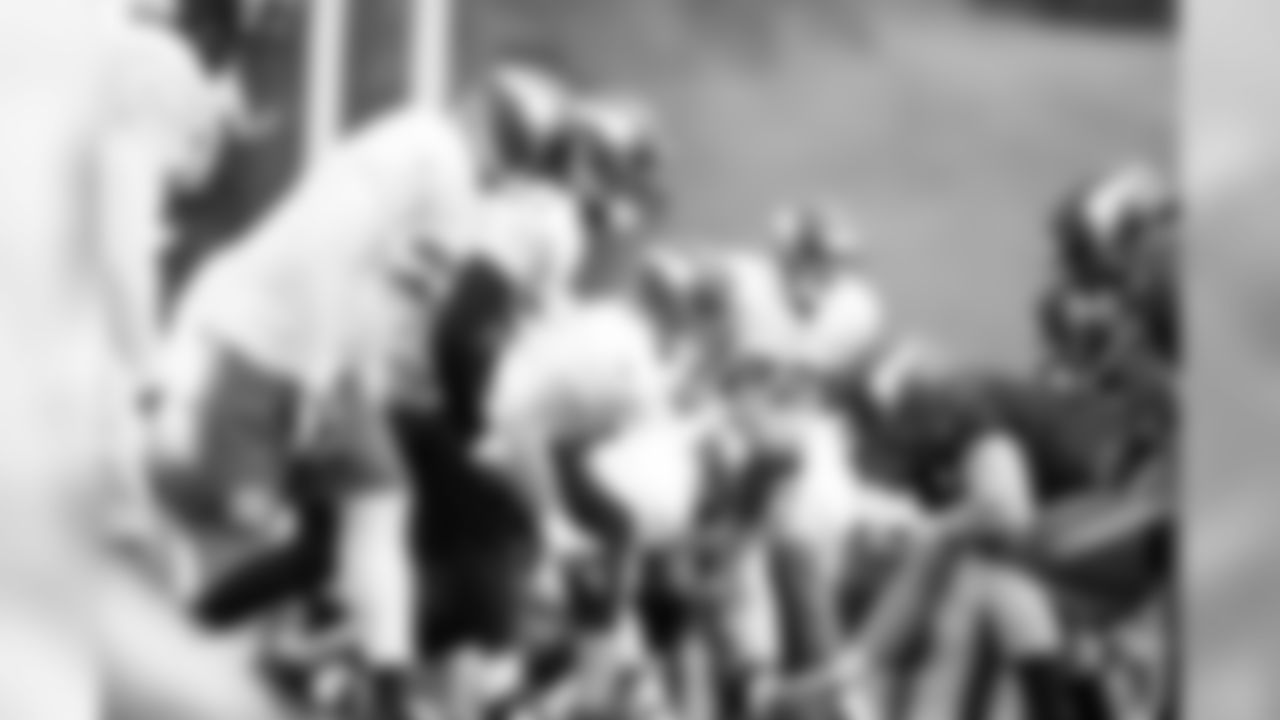
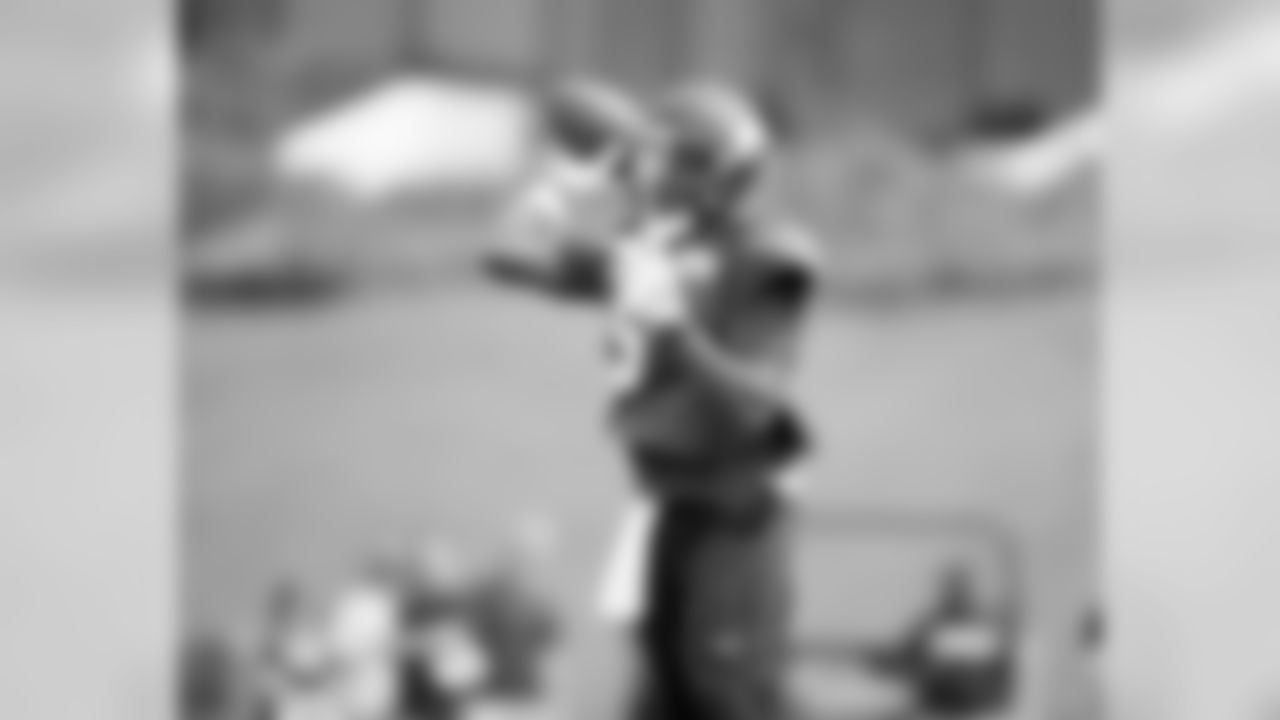
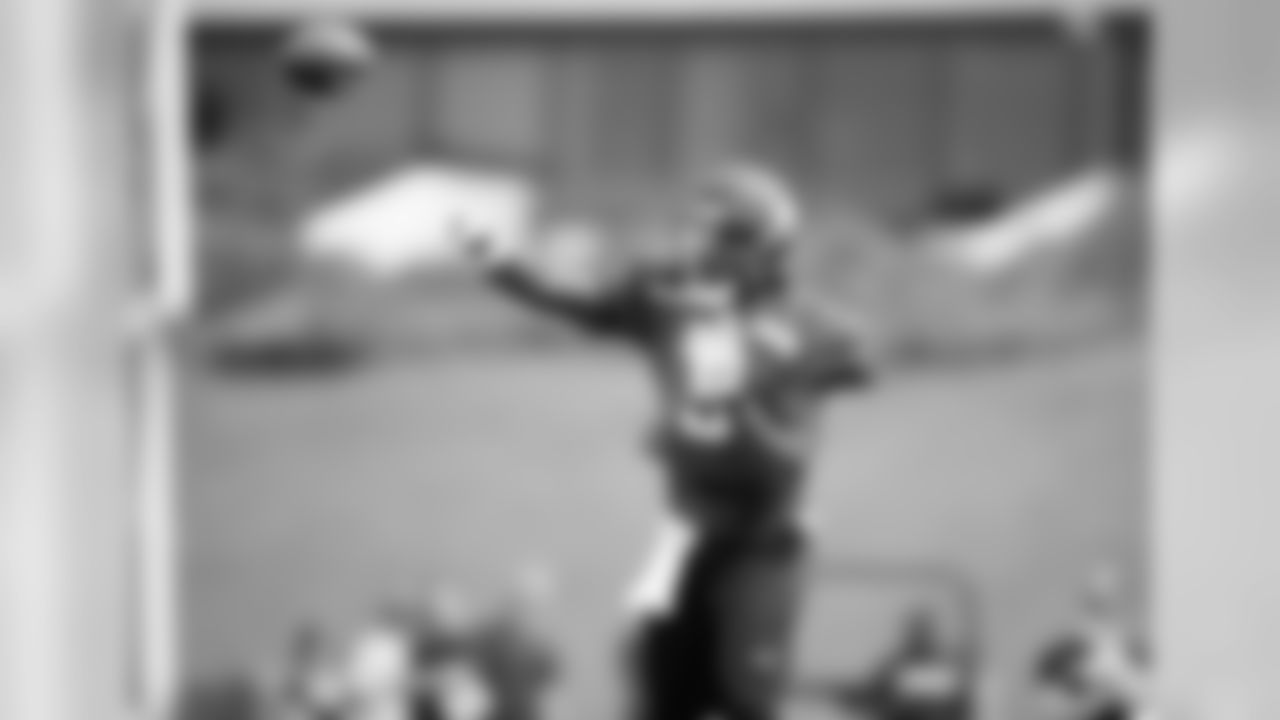
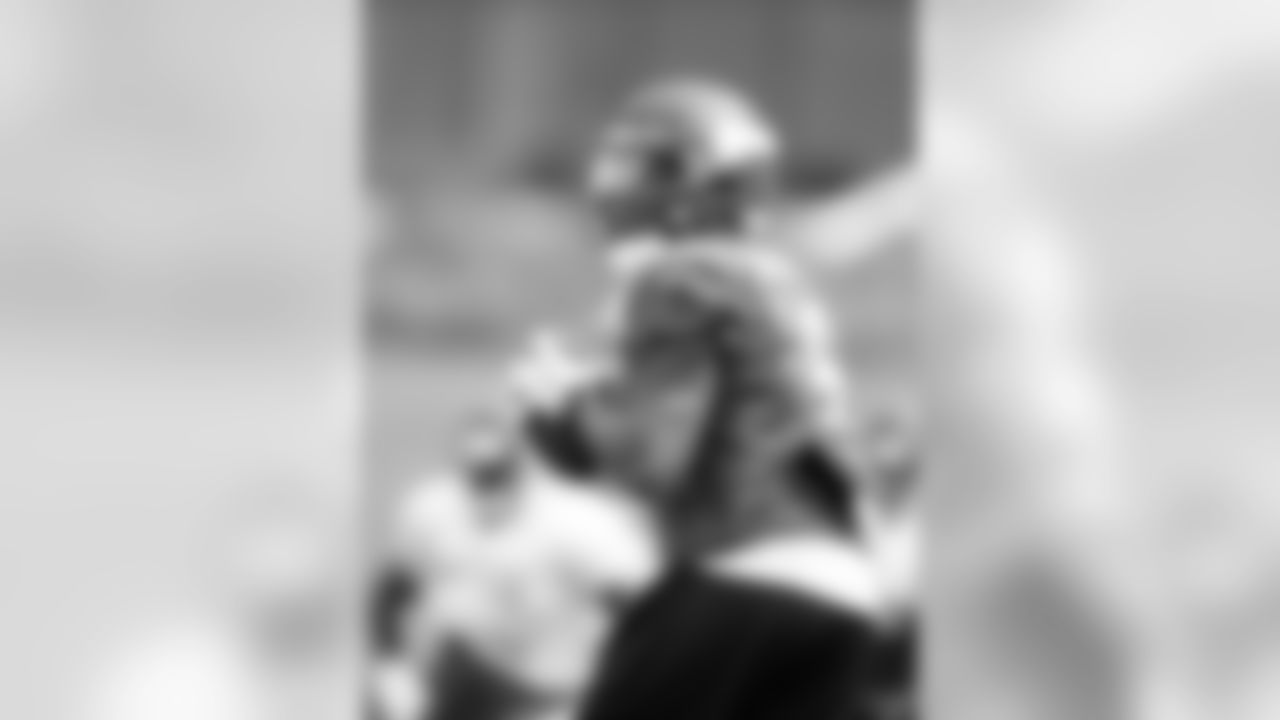
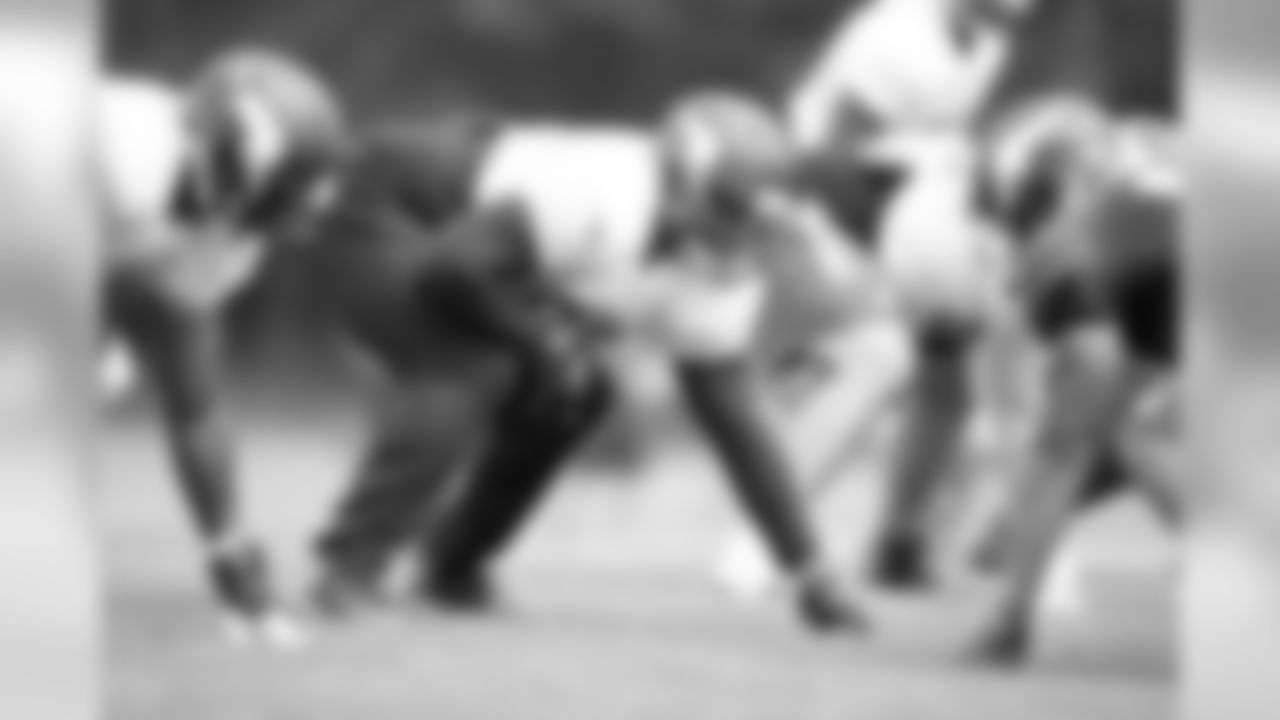
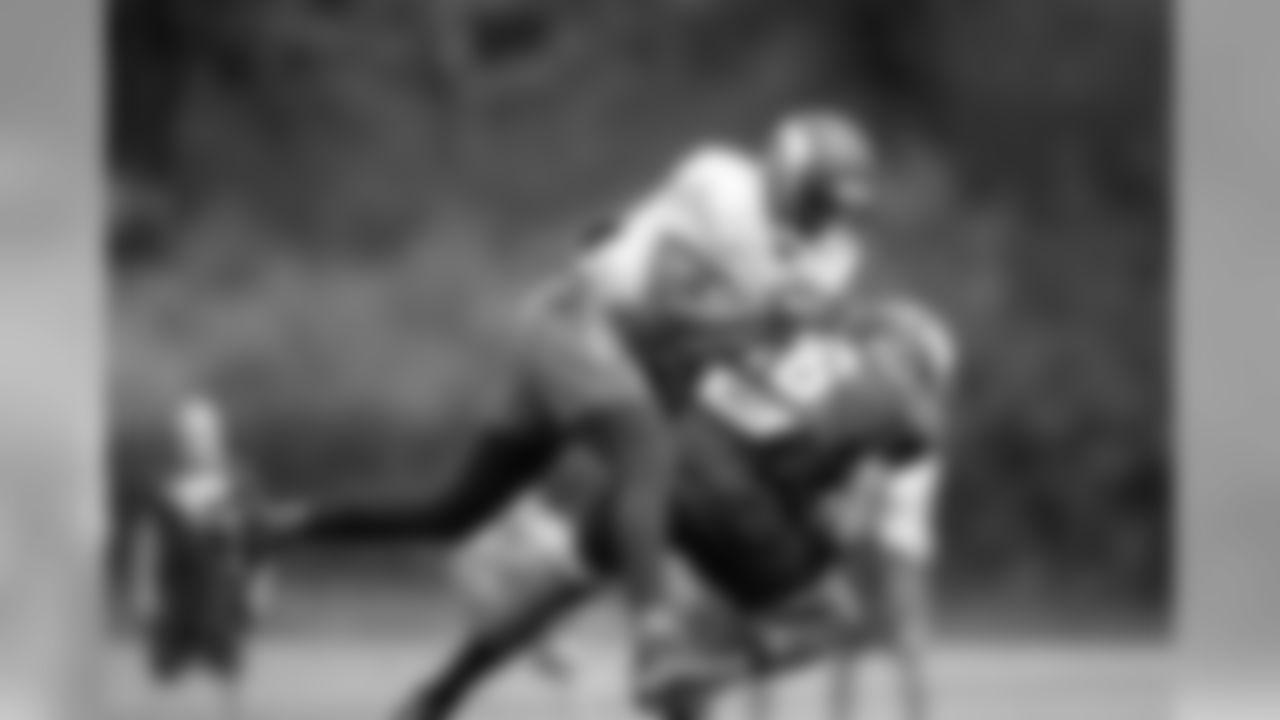
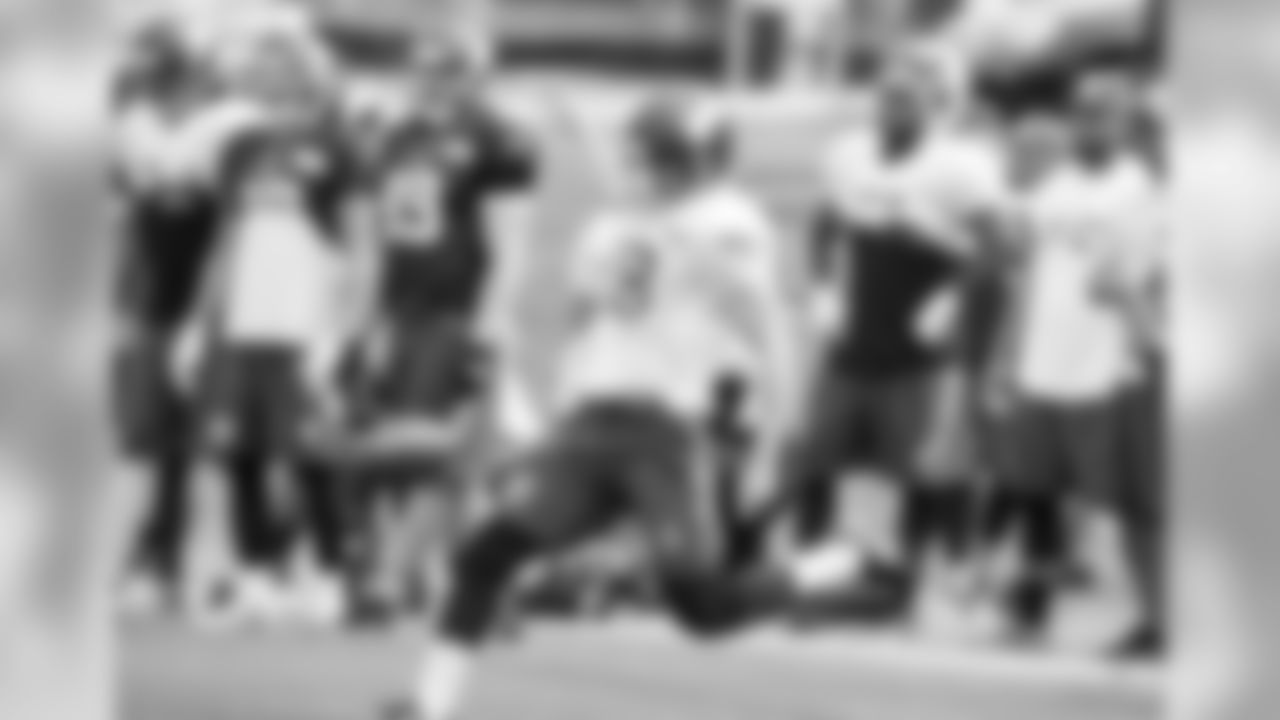
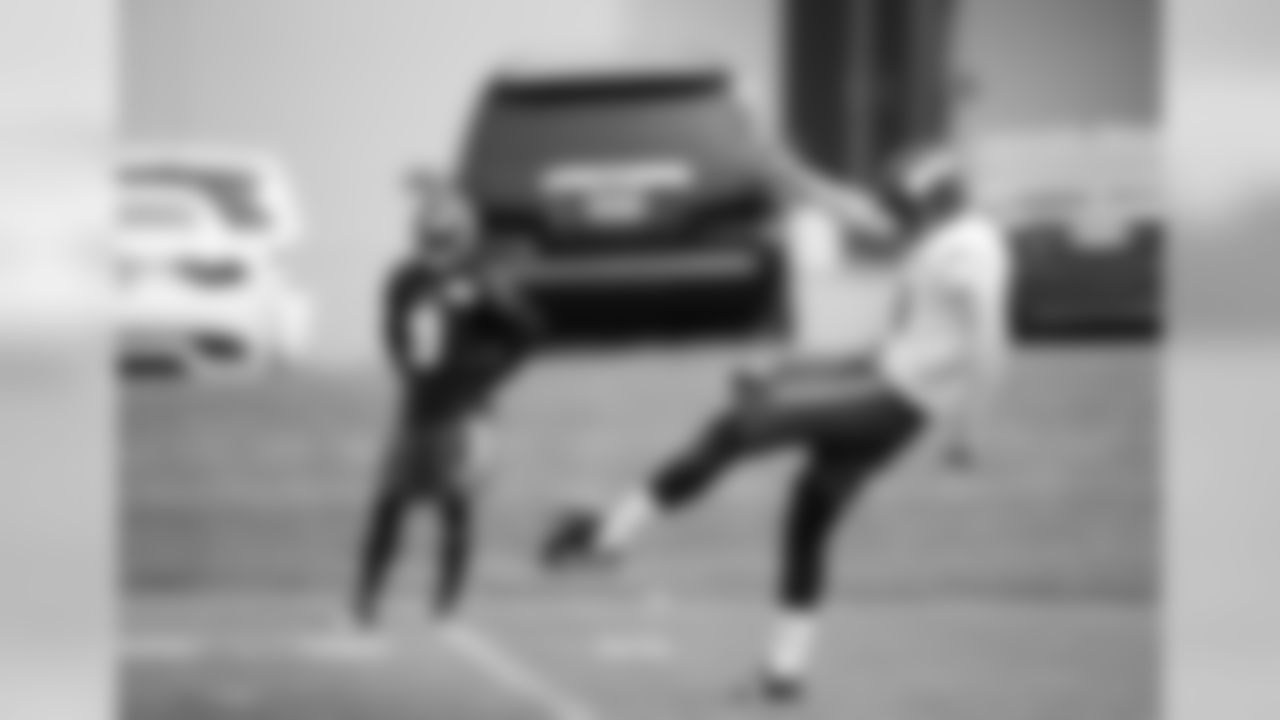
Opposing quarterbacks in the past two seasons have also been more successful at completing passes inside (70.3 percent) than outside (64.1 percent) in the past two seasons. The touchdown-to-interception ratio for Vikings opponents is 4:1 indoors, but it is only 1.75:1 in outdoor games in the past two seasons.
Asked if the indoor environment could ever be an advantage for a defense, the longtime former defensive coordinator said, "A little bit depends on the team that you have built."
Zimmer said last week he believes this defense is pretty solid at rushing passers. The Vikings first-team defense promptly proved that in Seattle, showing speed and an ability to get to a fleet-footed quarterback against the Seahawks, even though the game was on the road. A **variety of methods** led to four sacks of Russell Wilson in the first half.
"I think you can be faster on turf, obviously, and if you're indoors and it's loud, I think that's a big advantage for the pass rush because they've got to go on silent cadence," Zimmer said. "I think the advantage goes to the defense with the speed and crowd noise combined."


